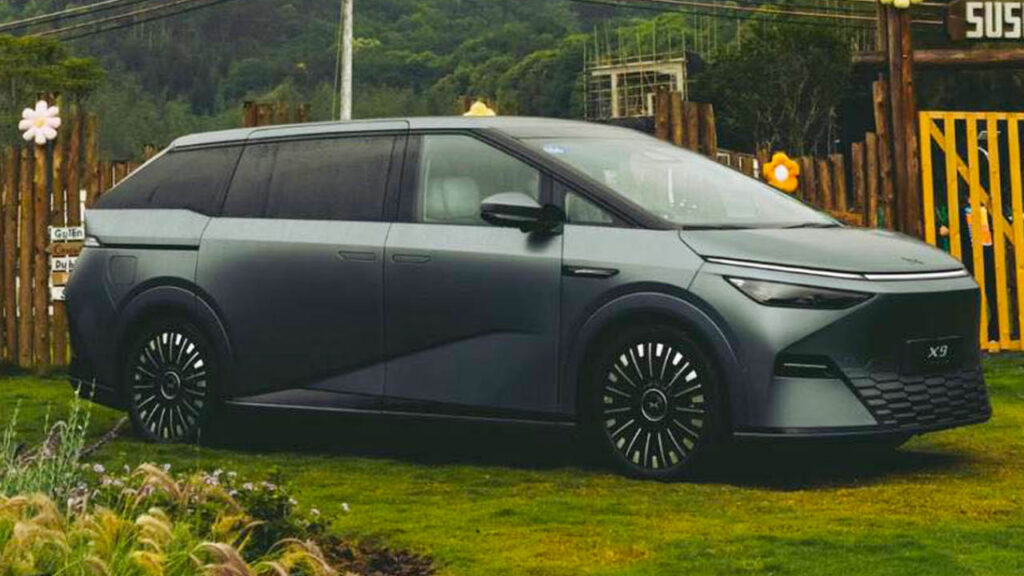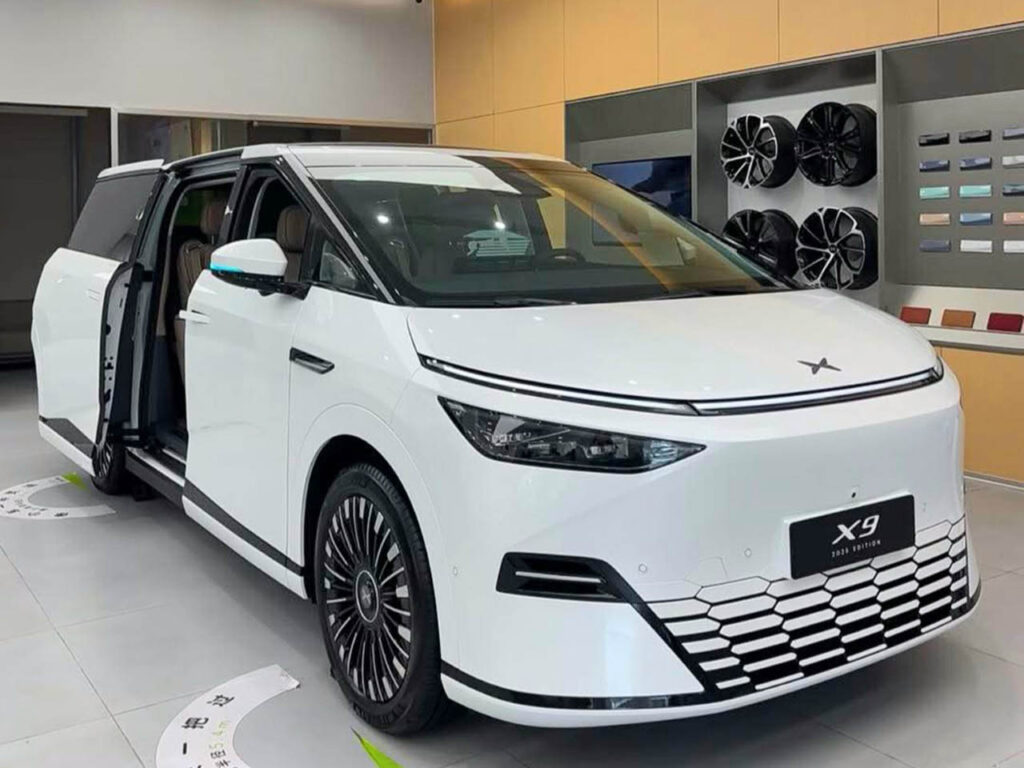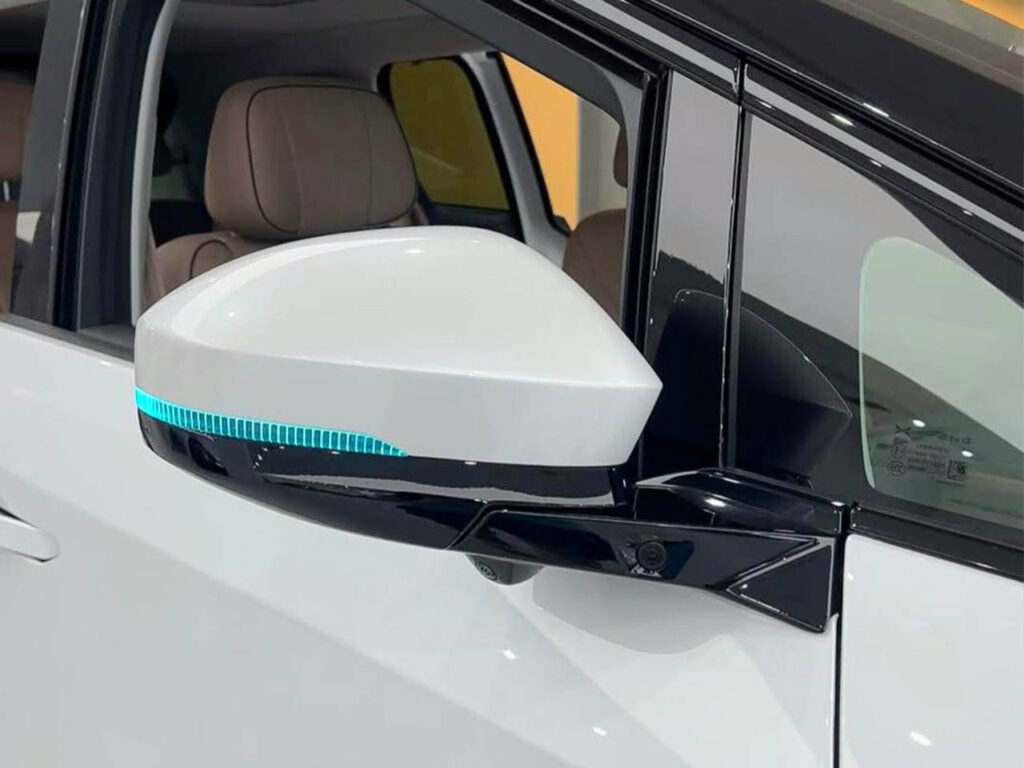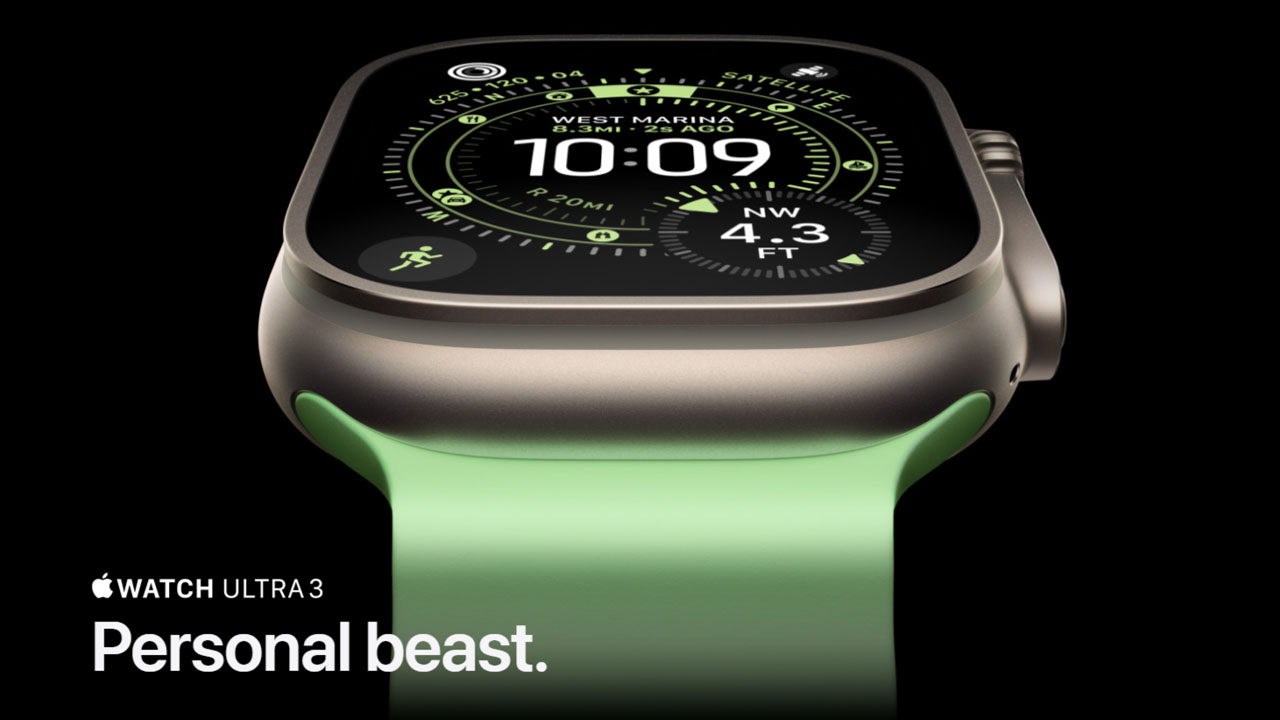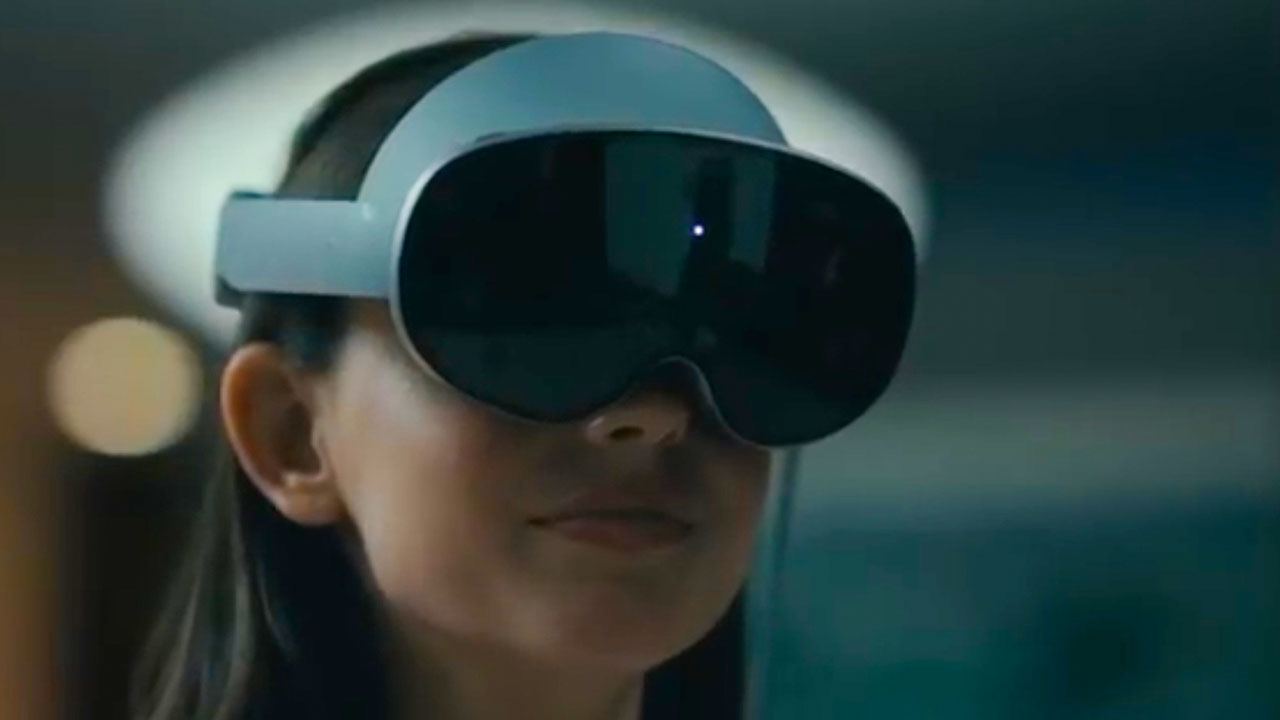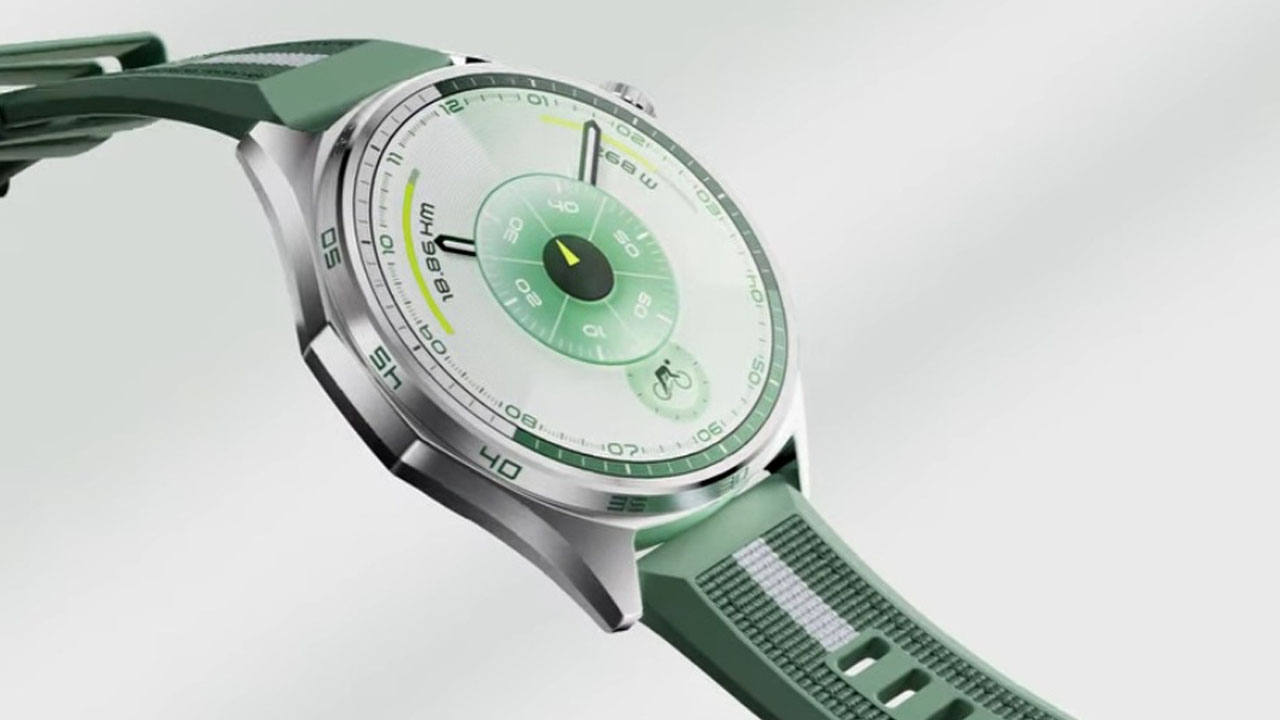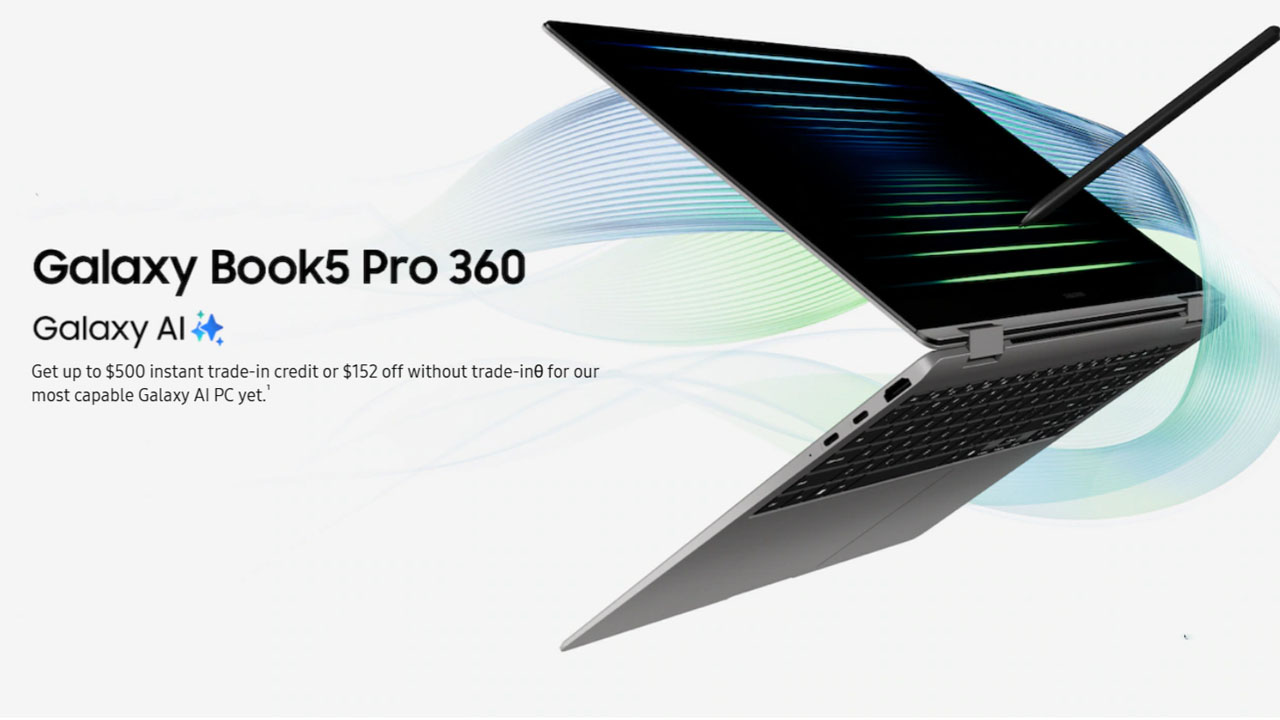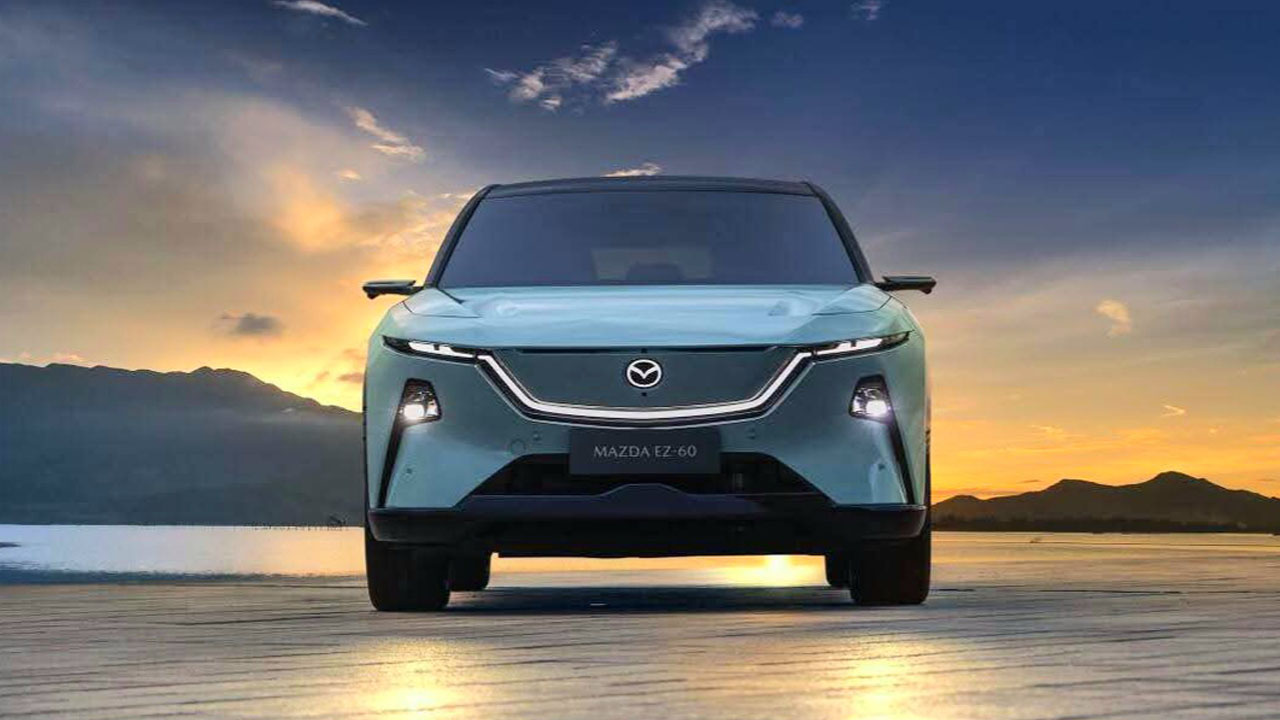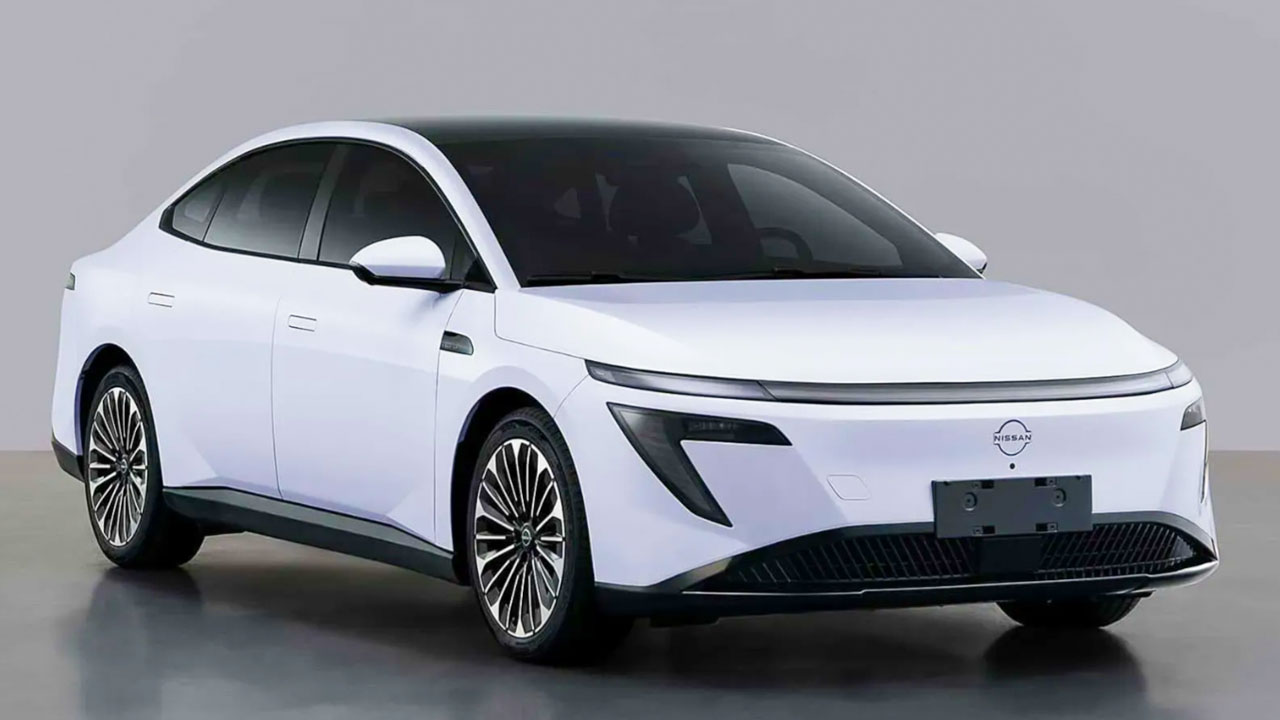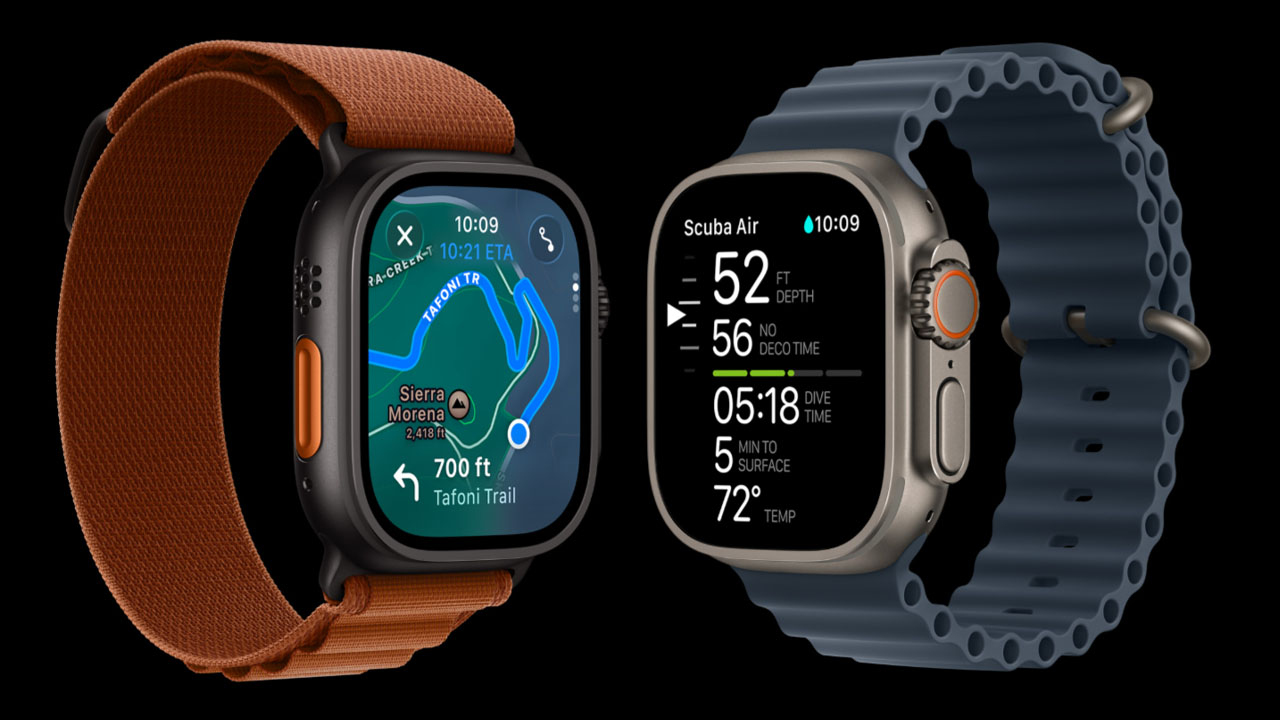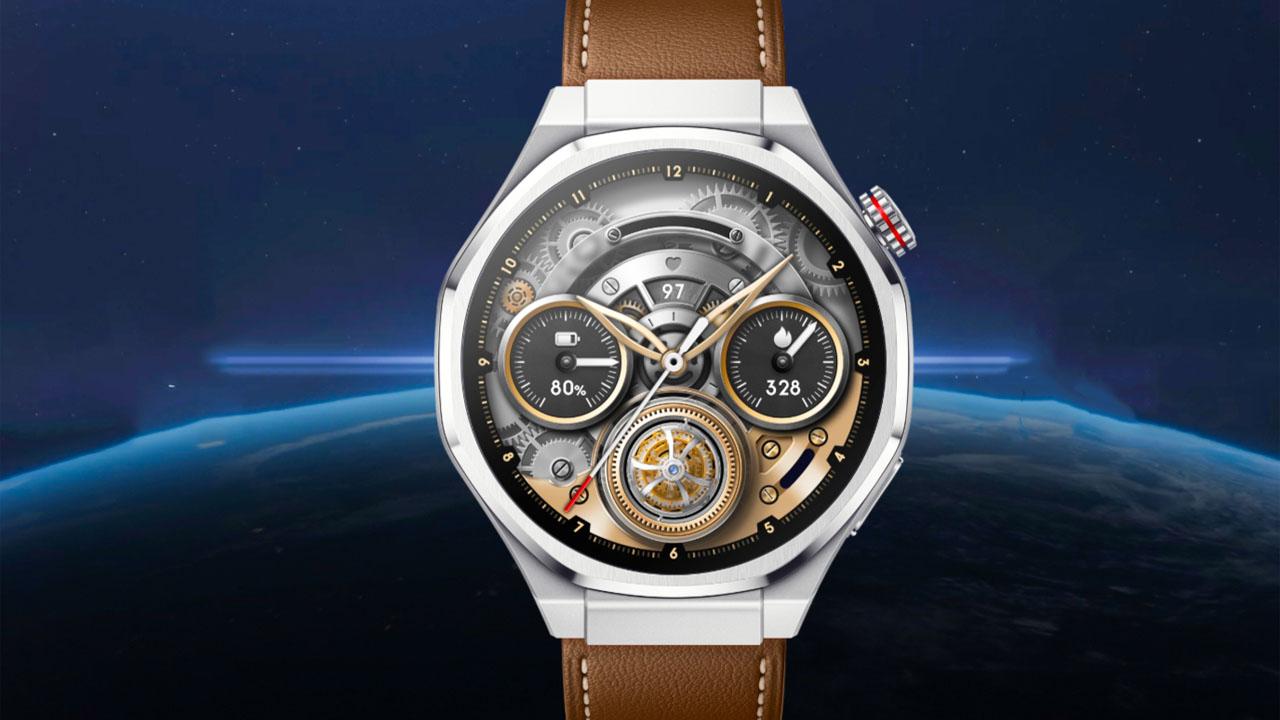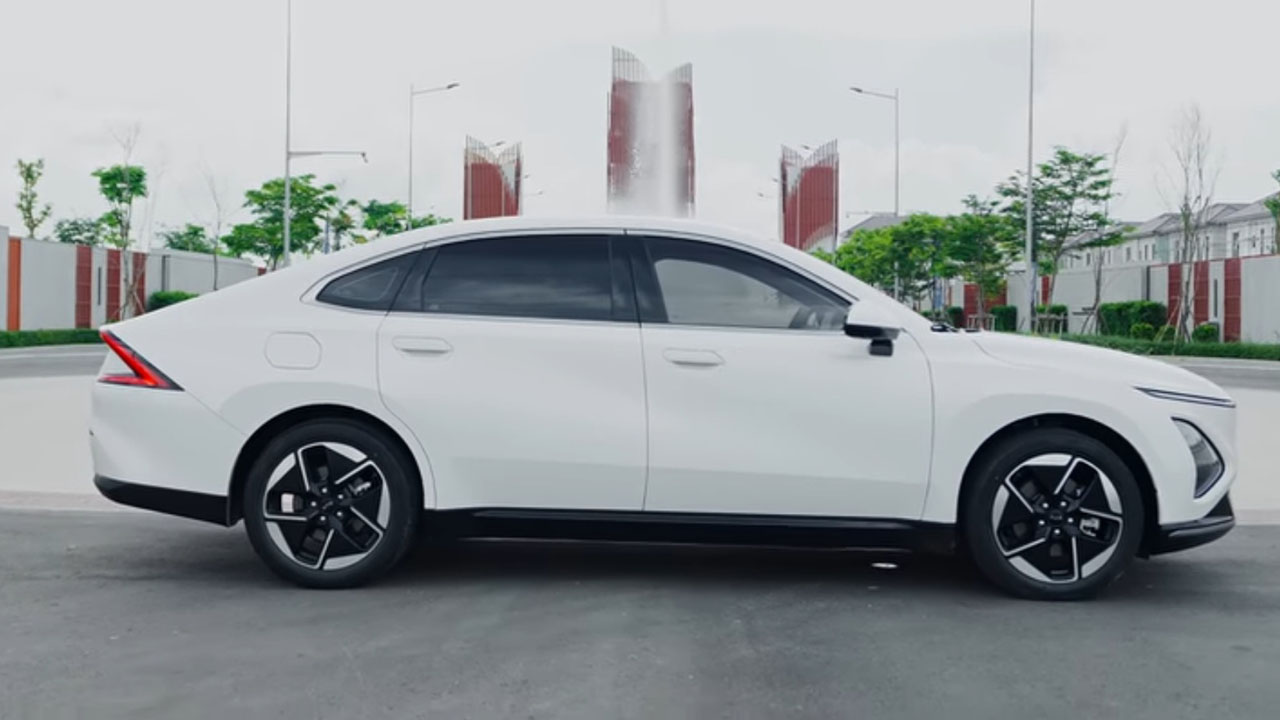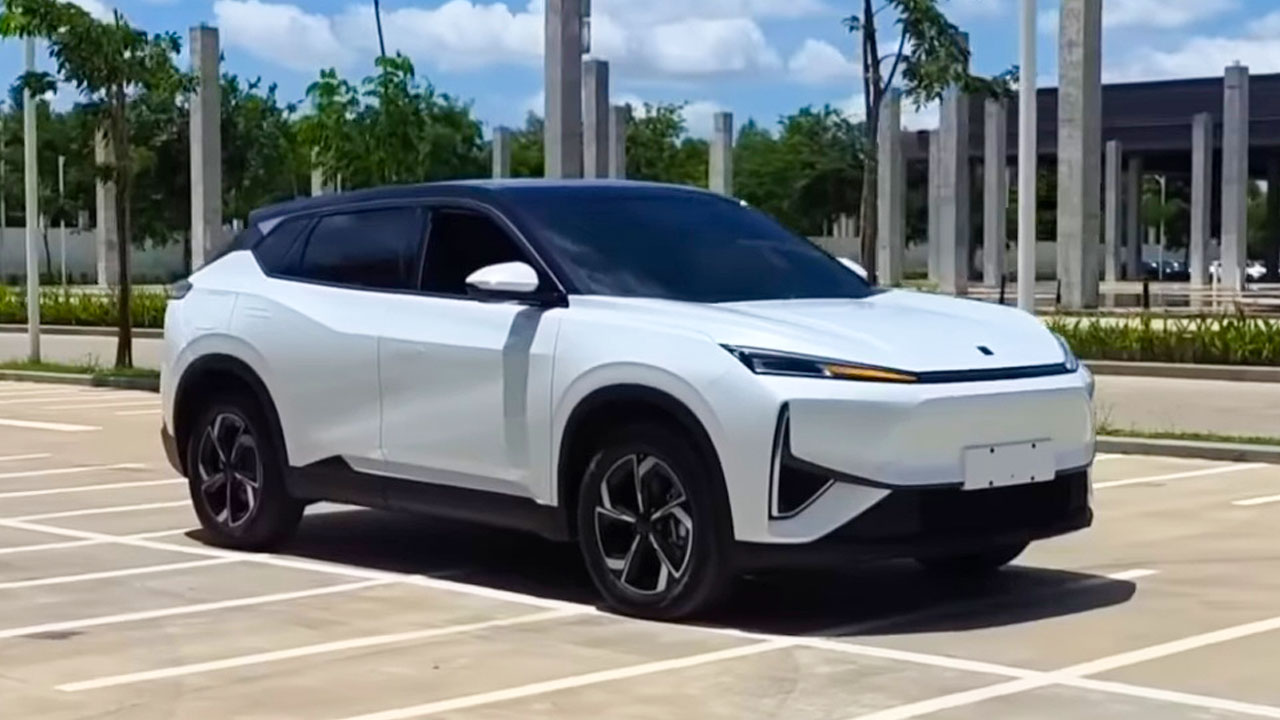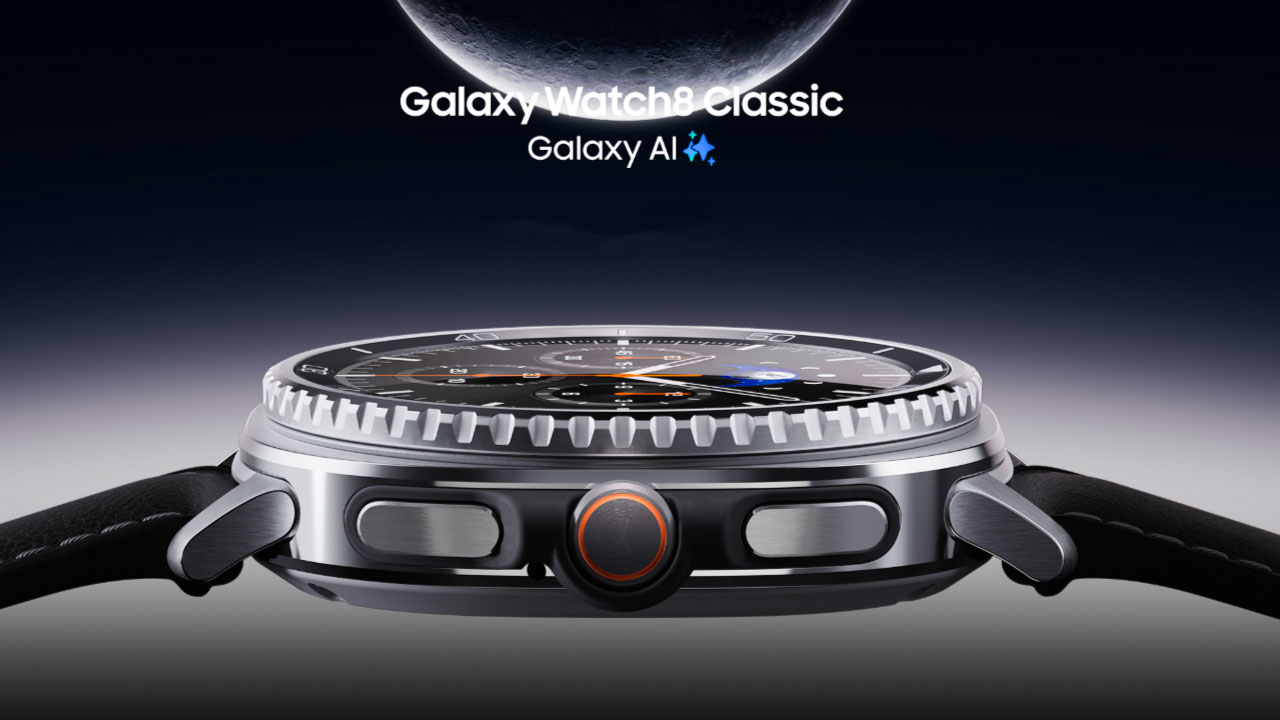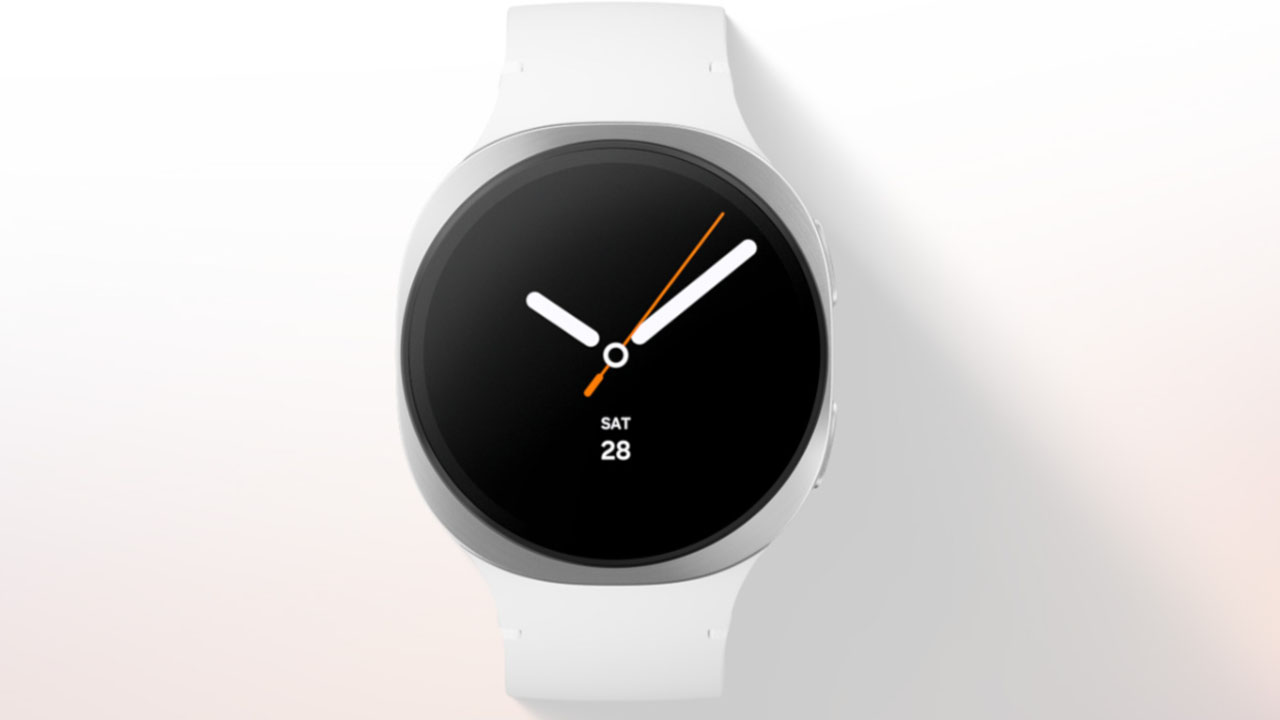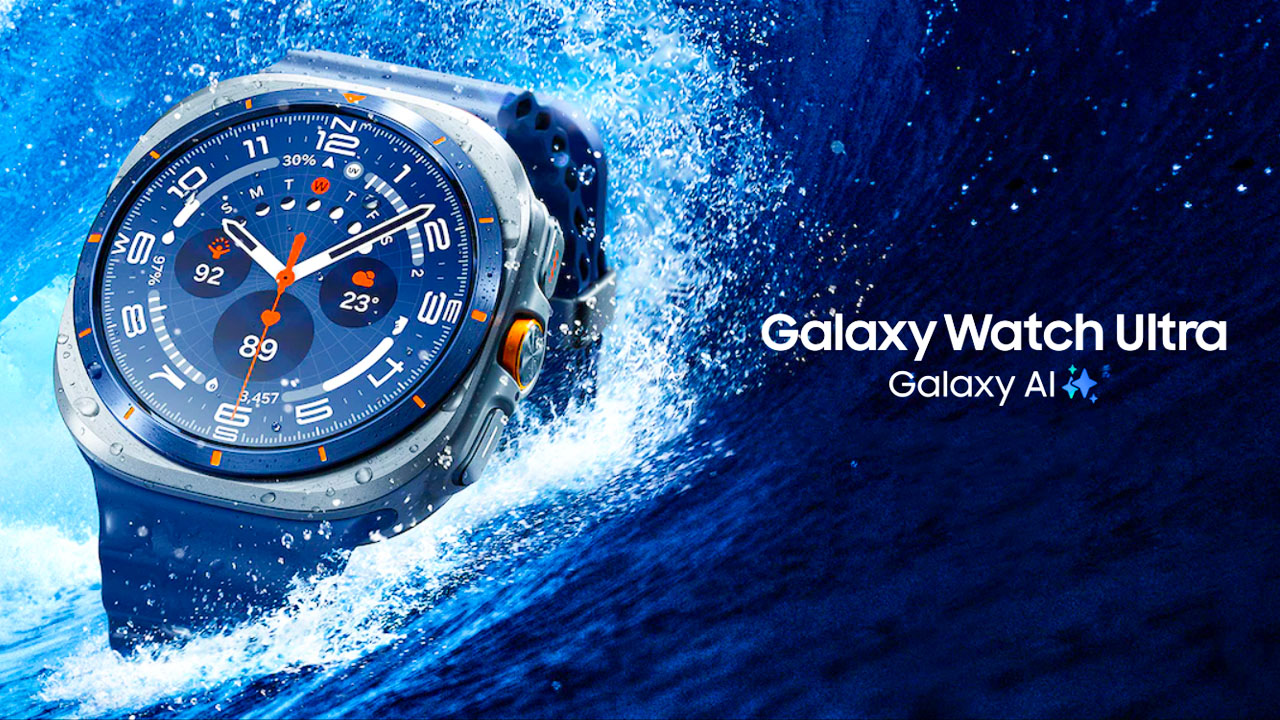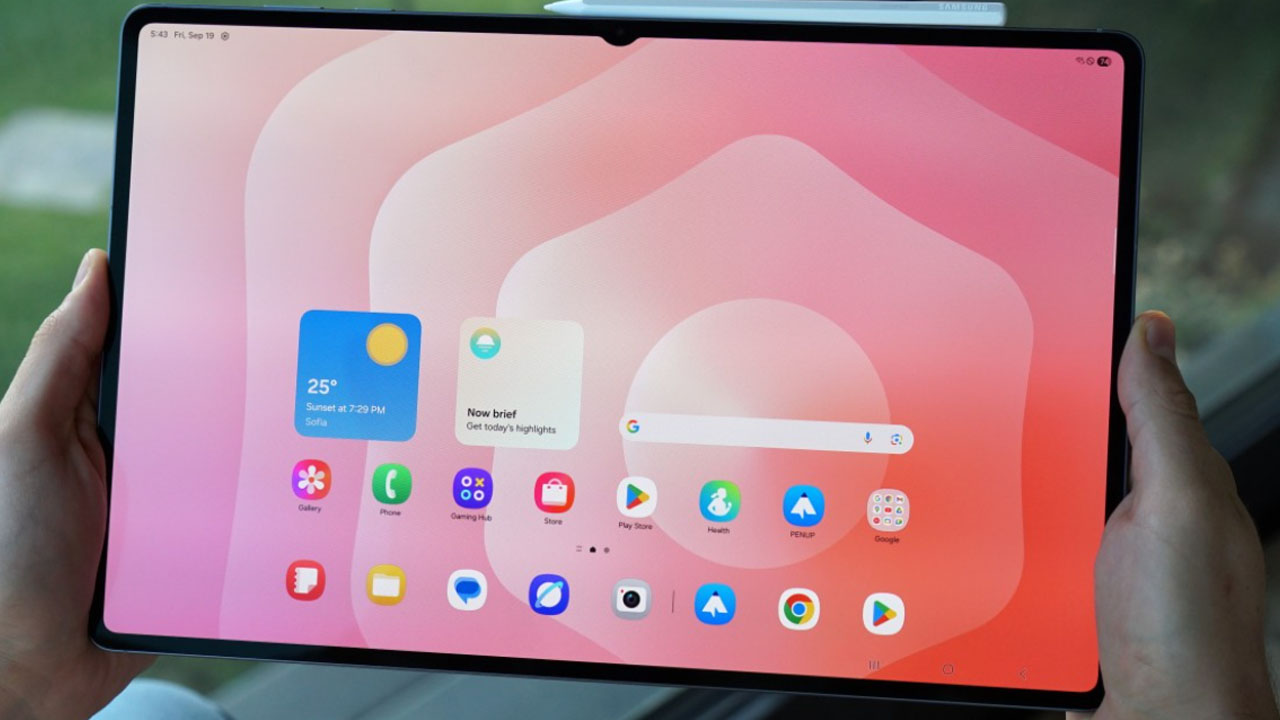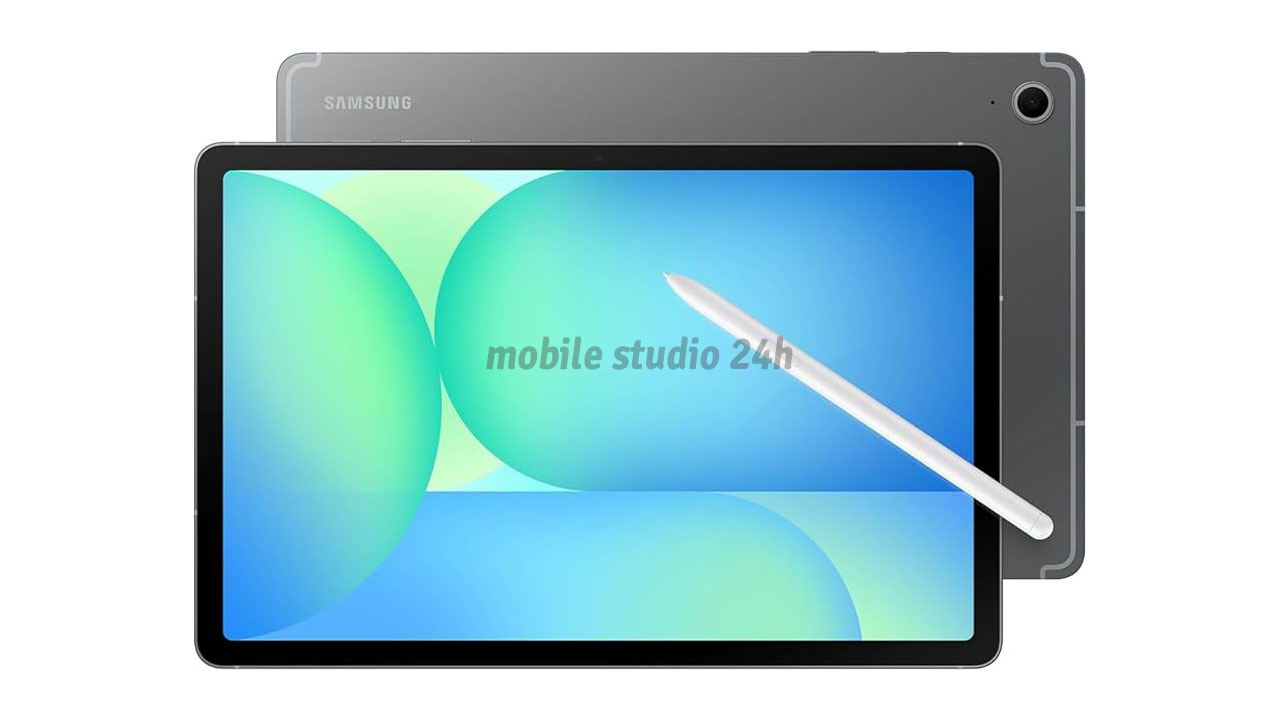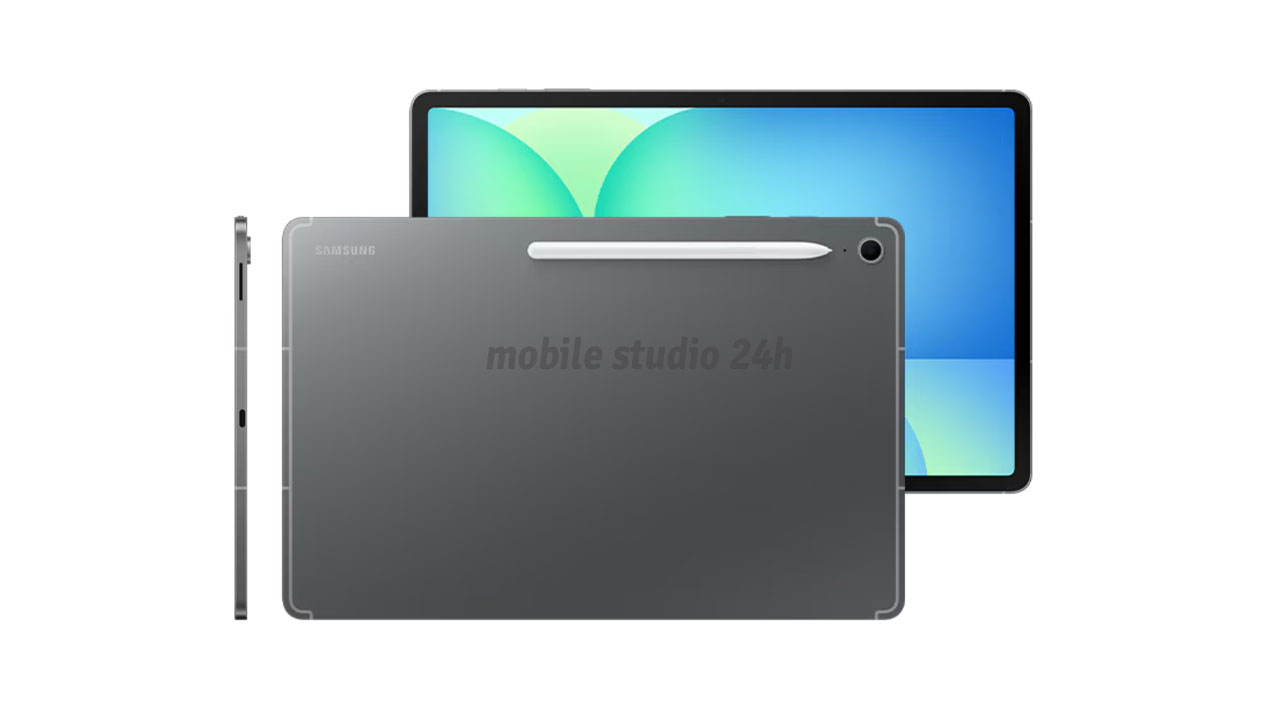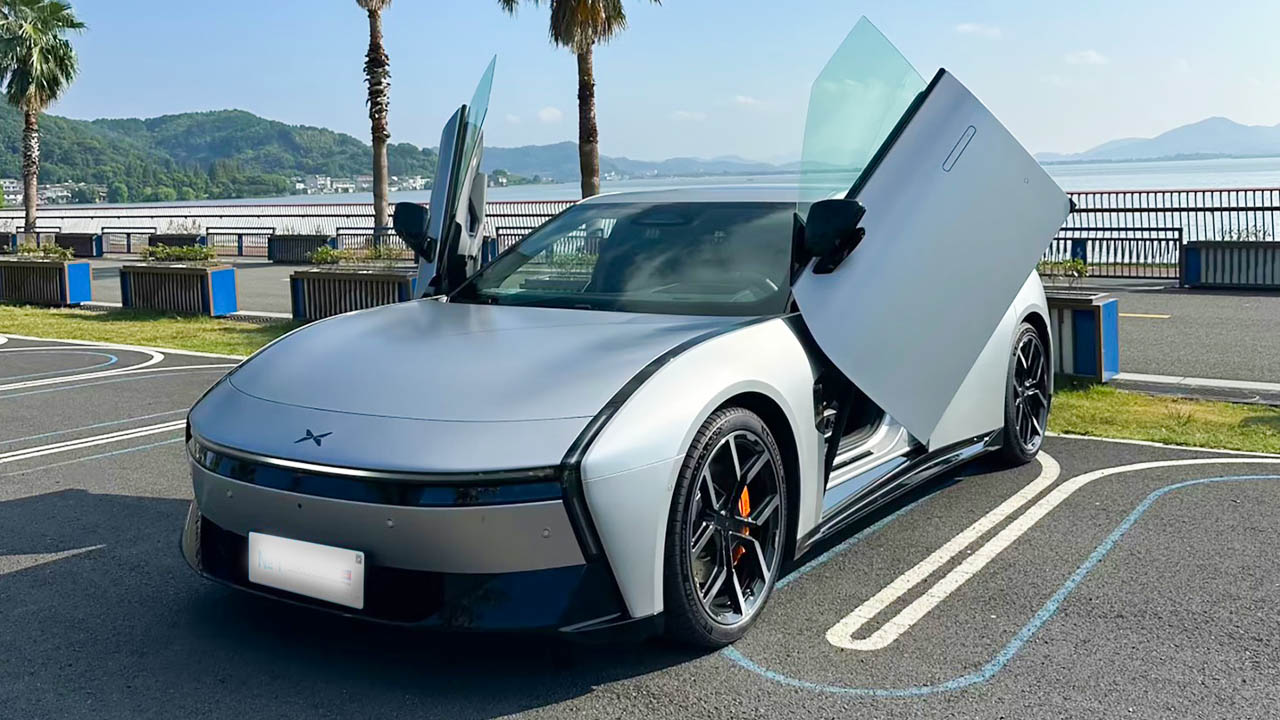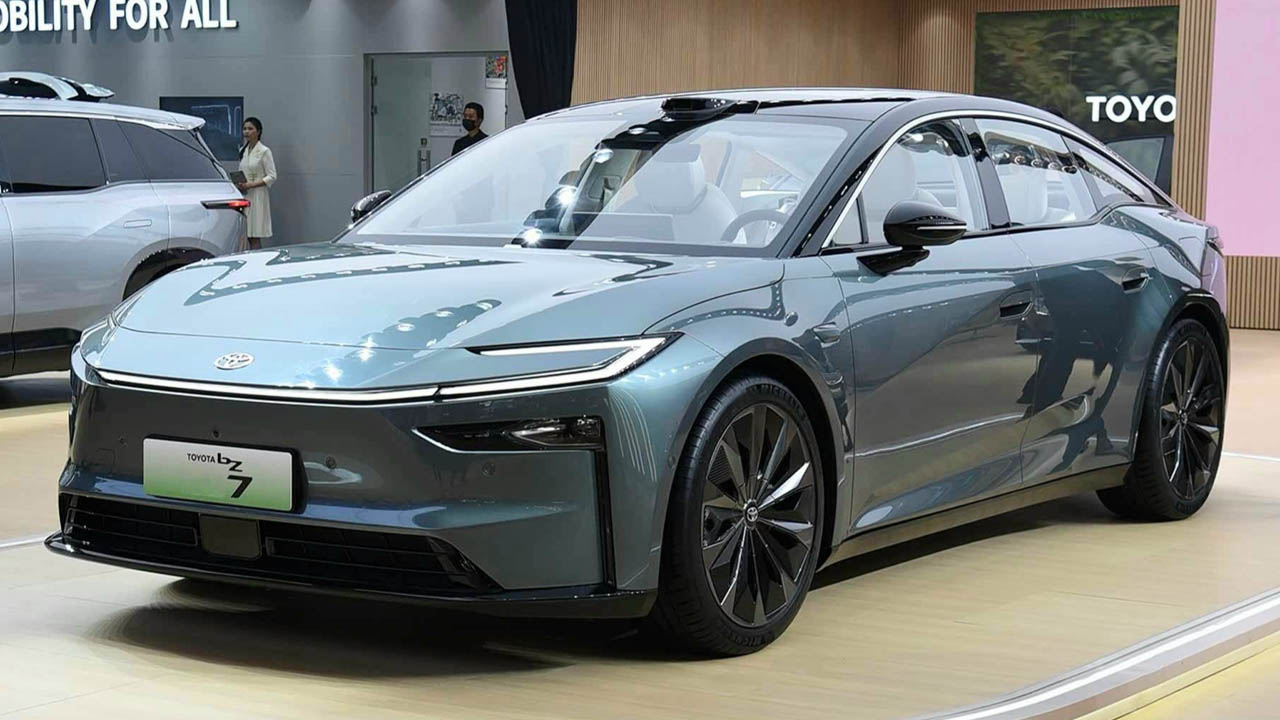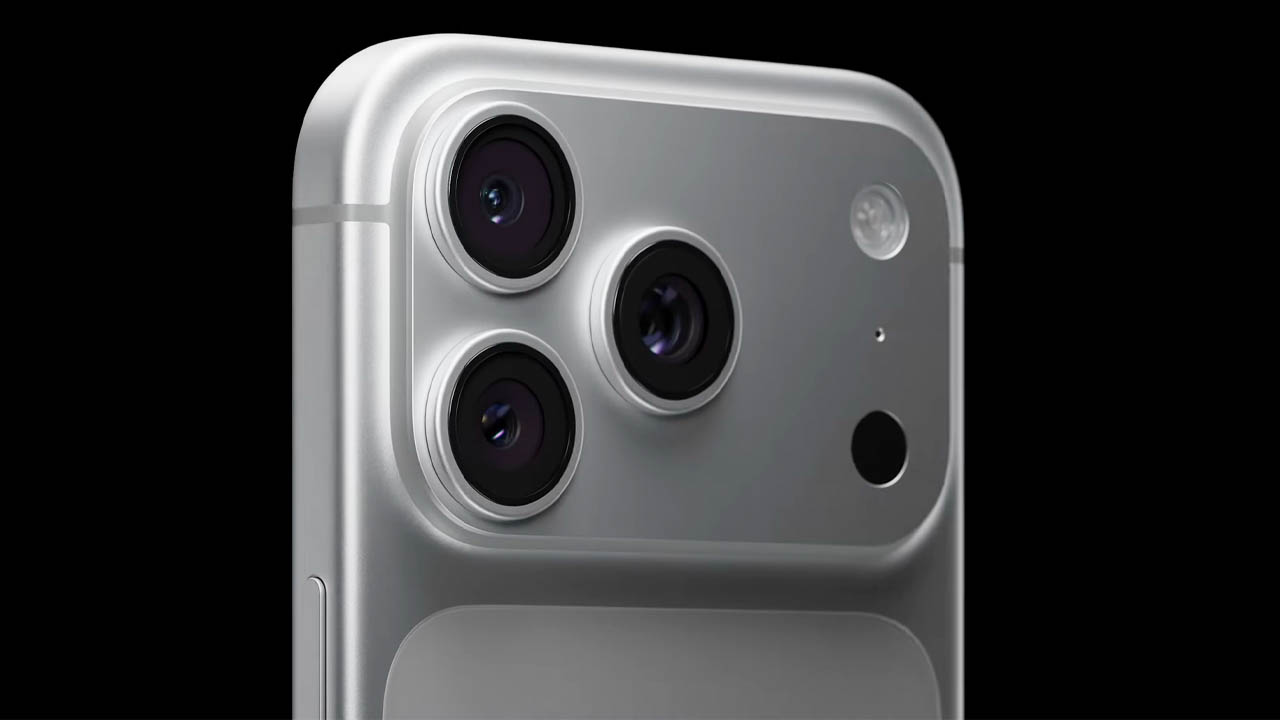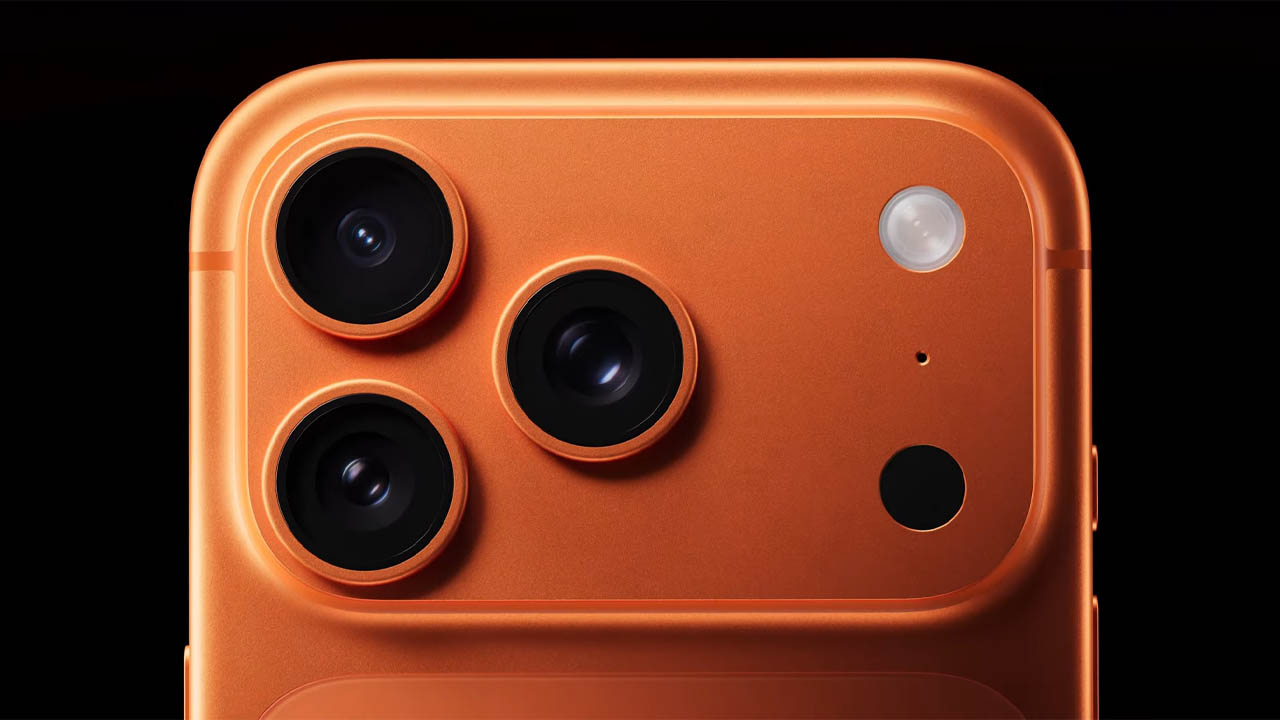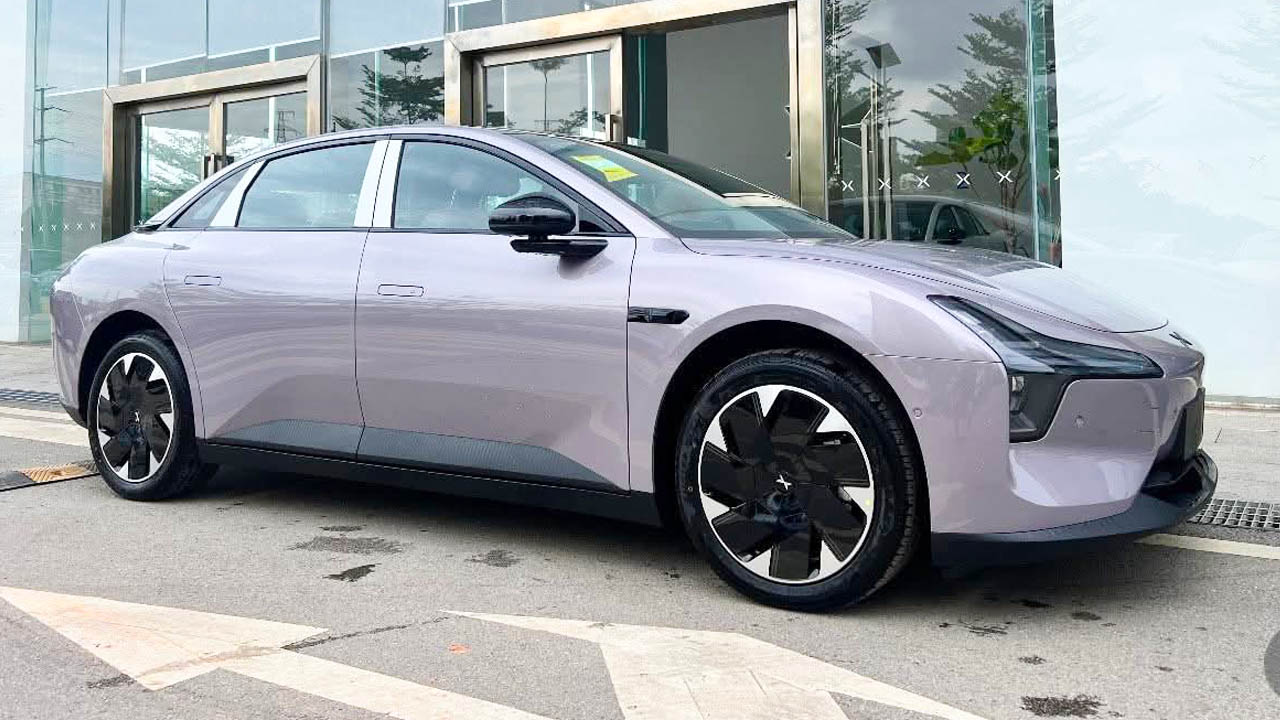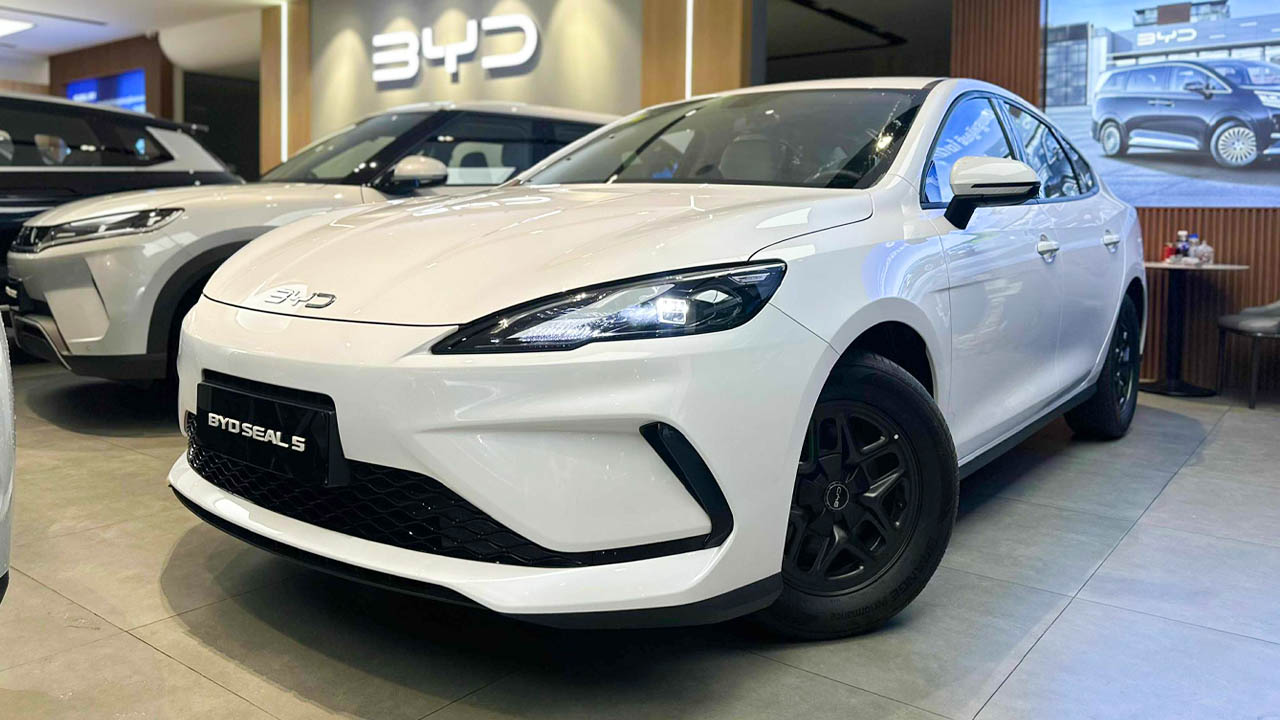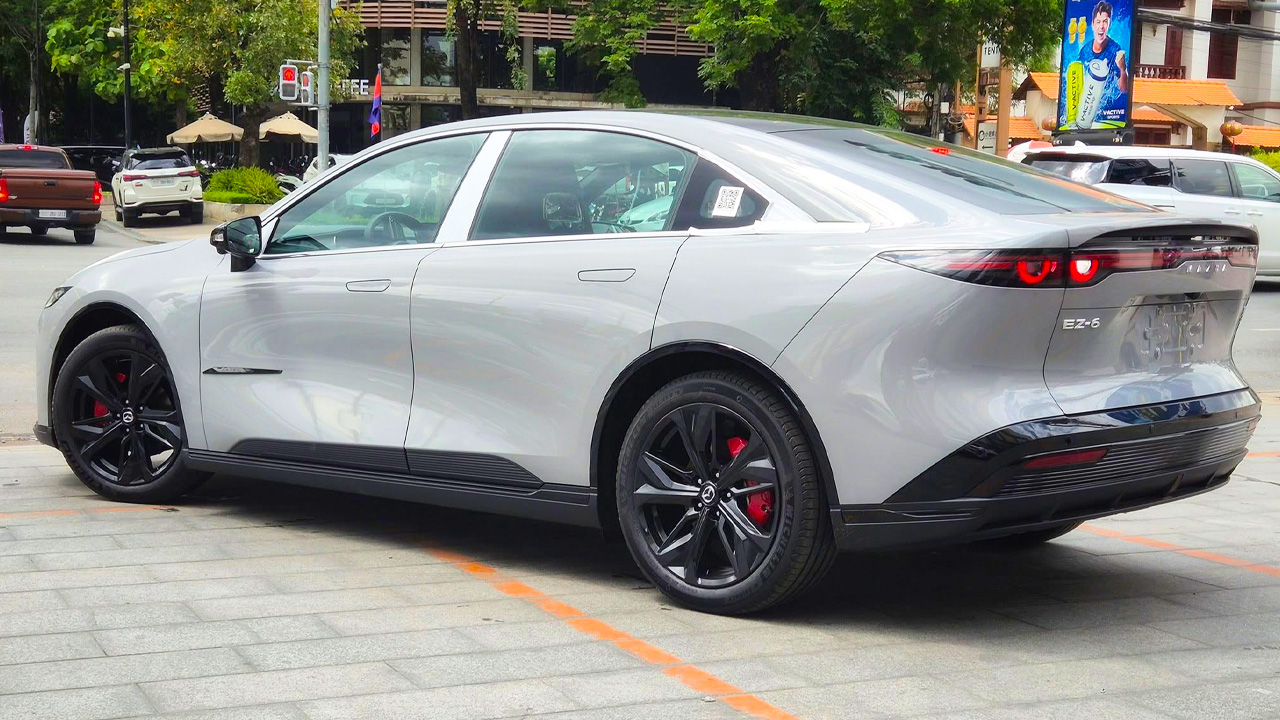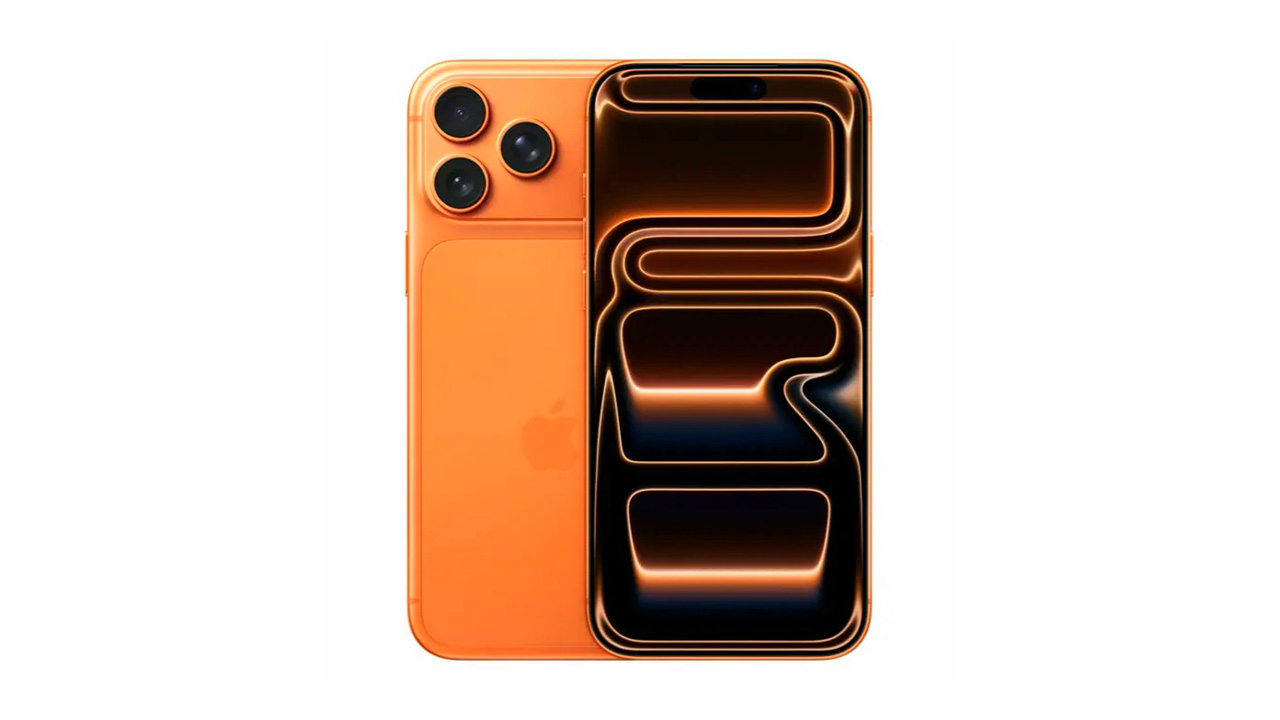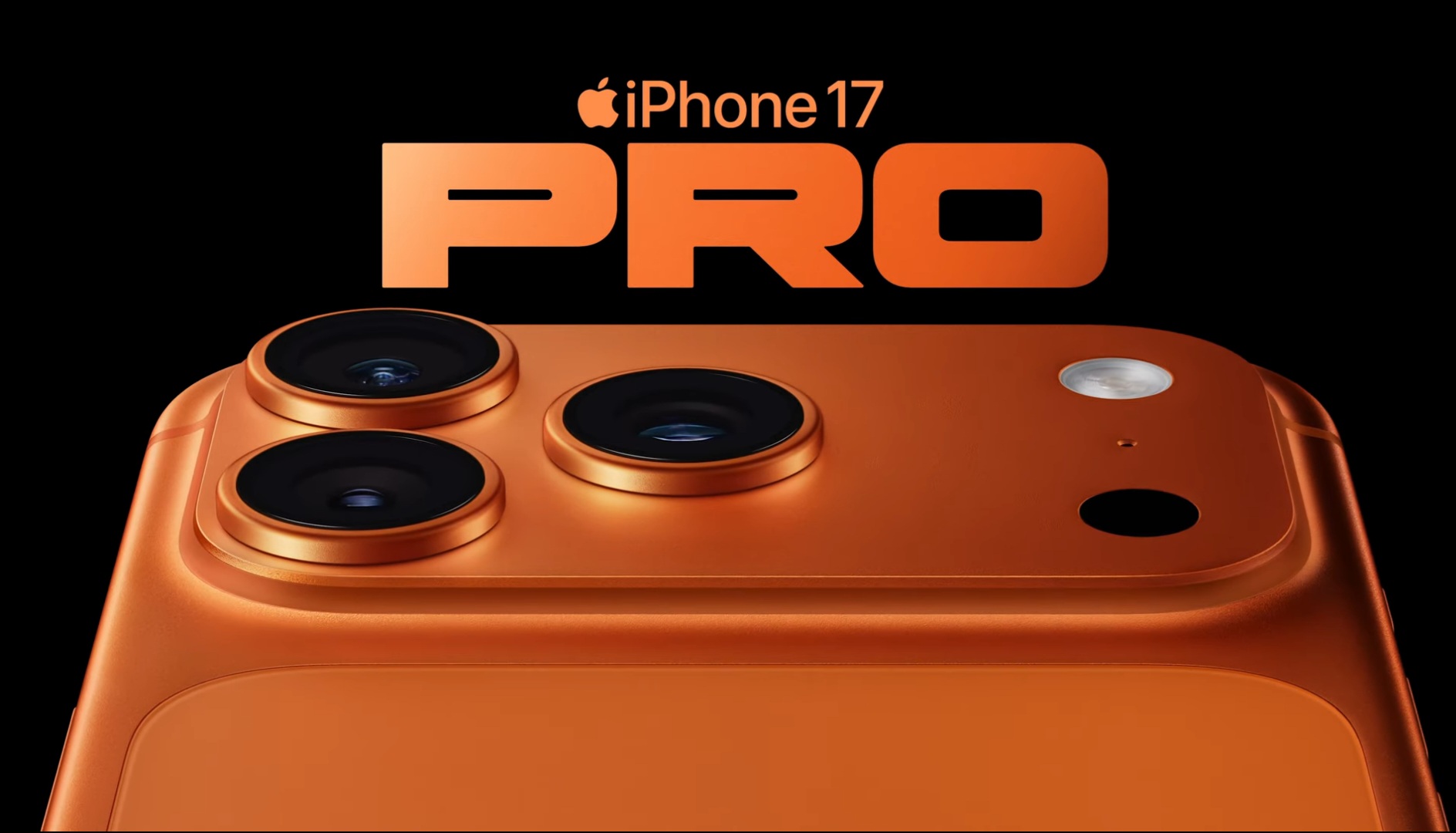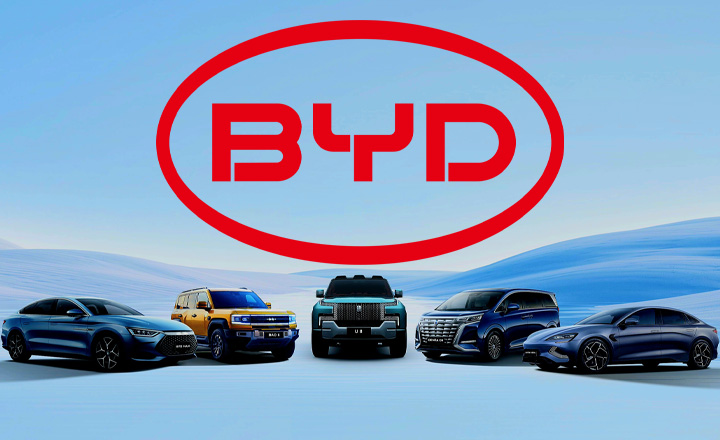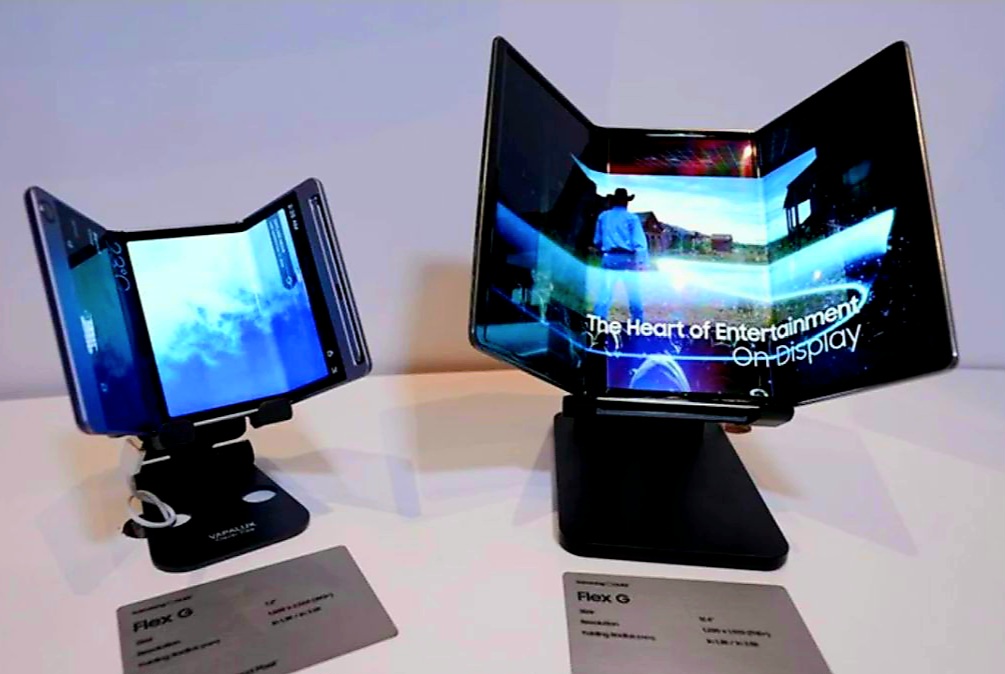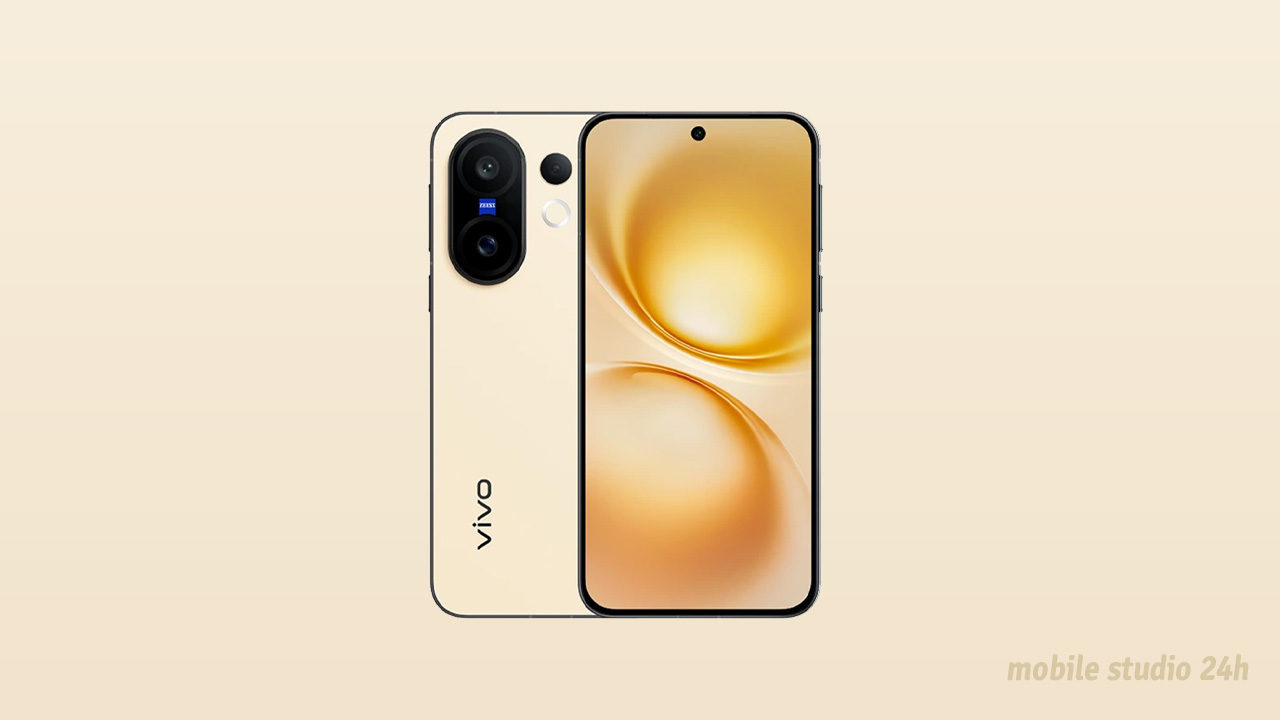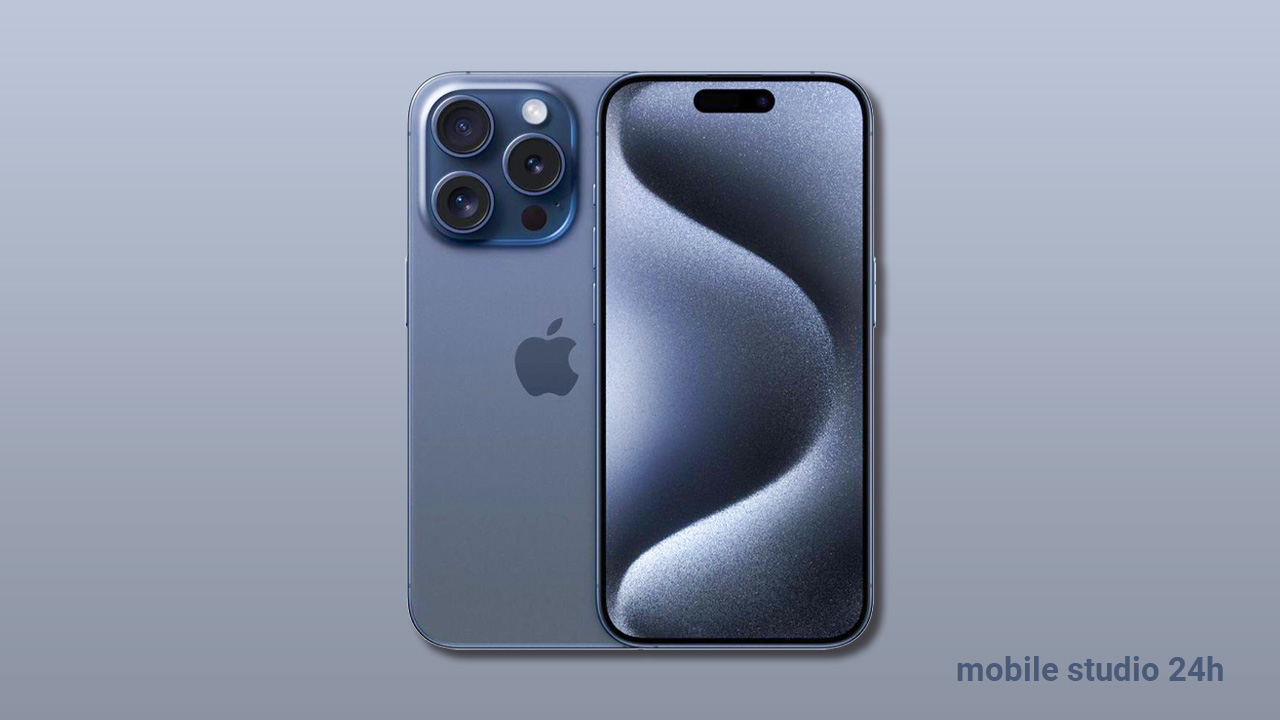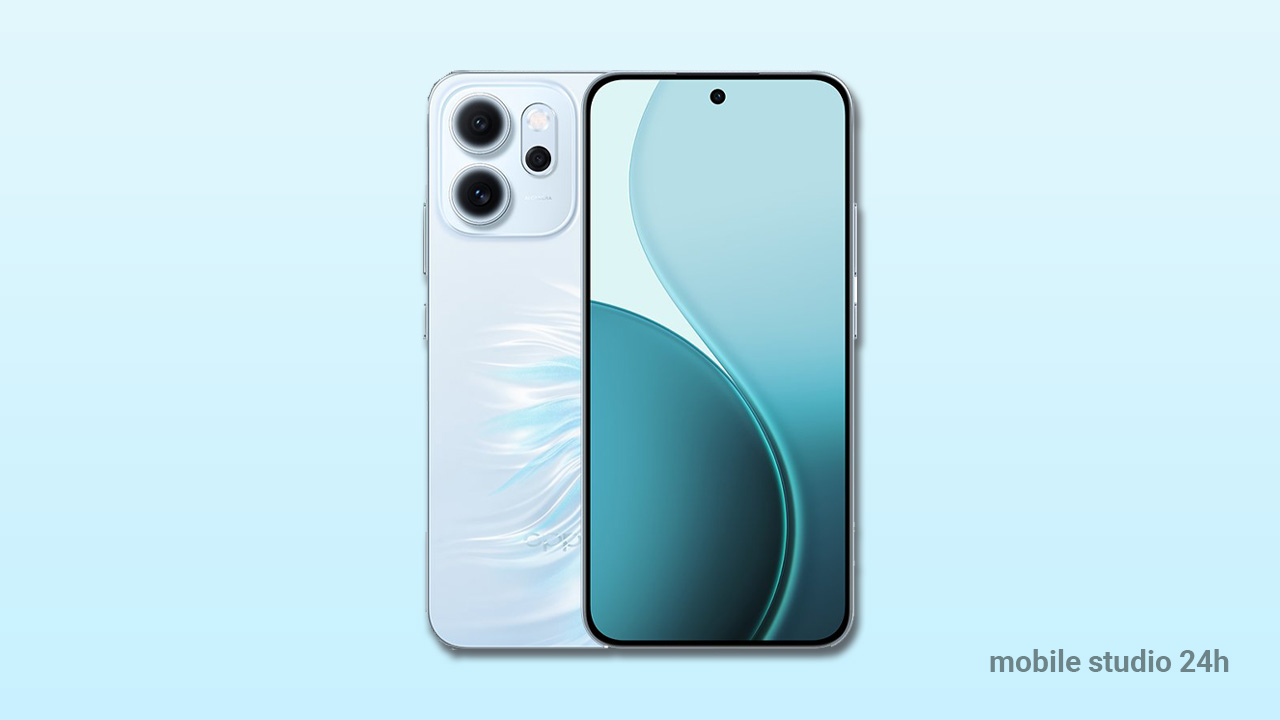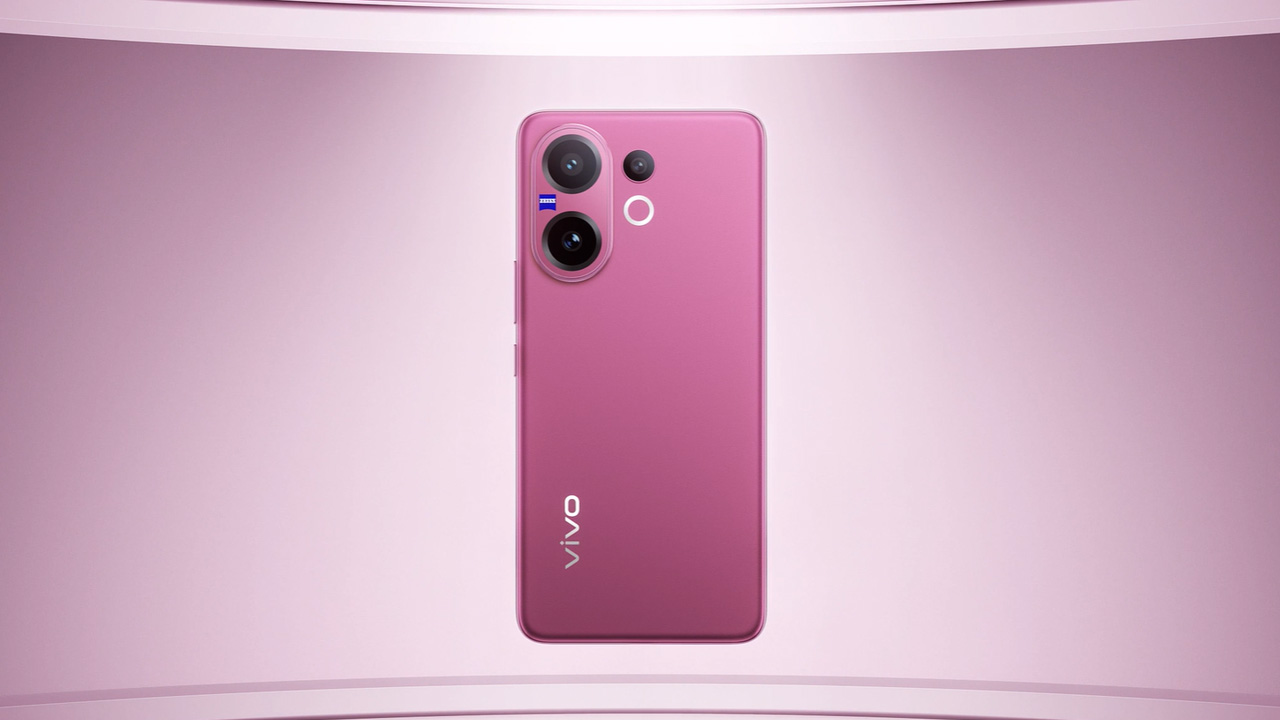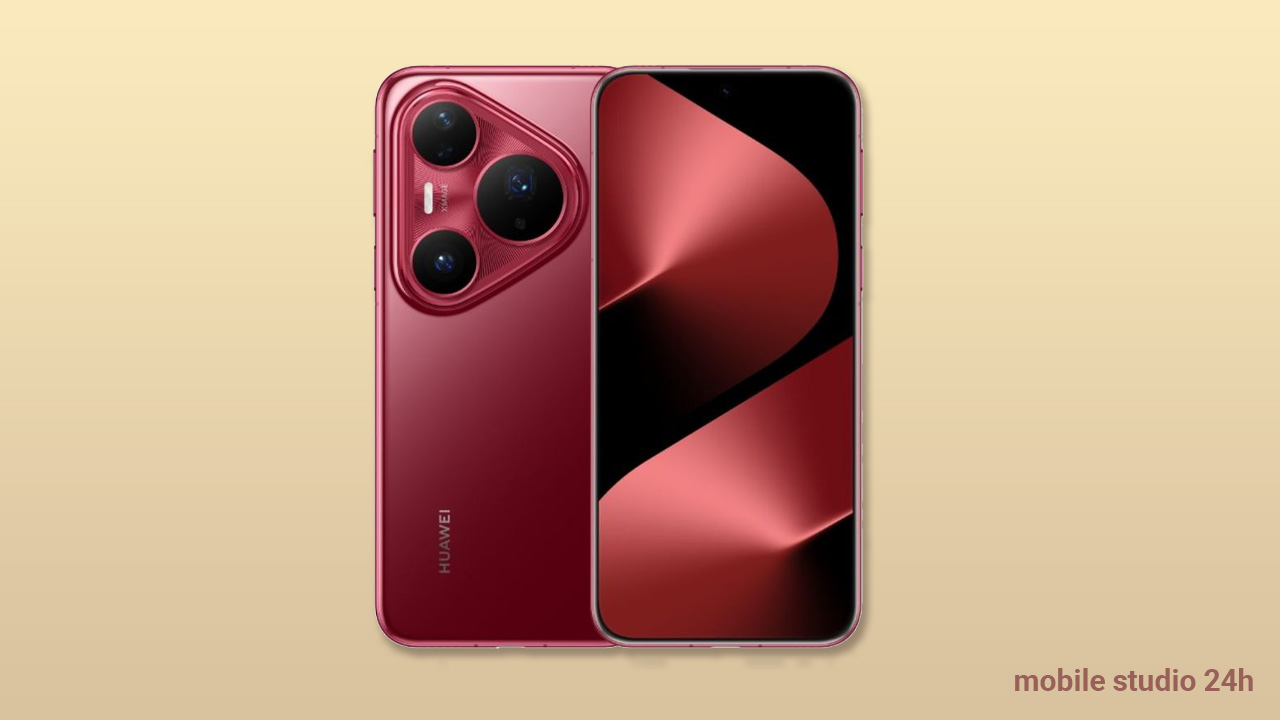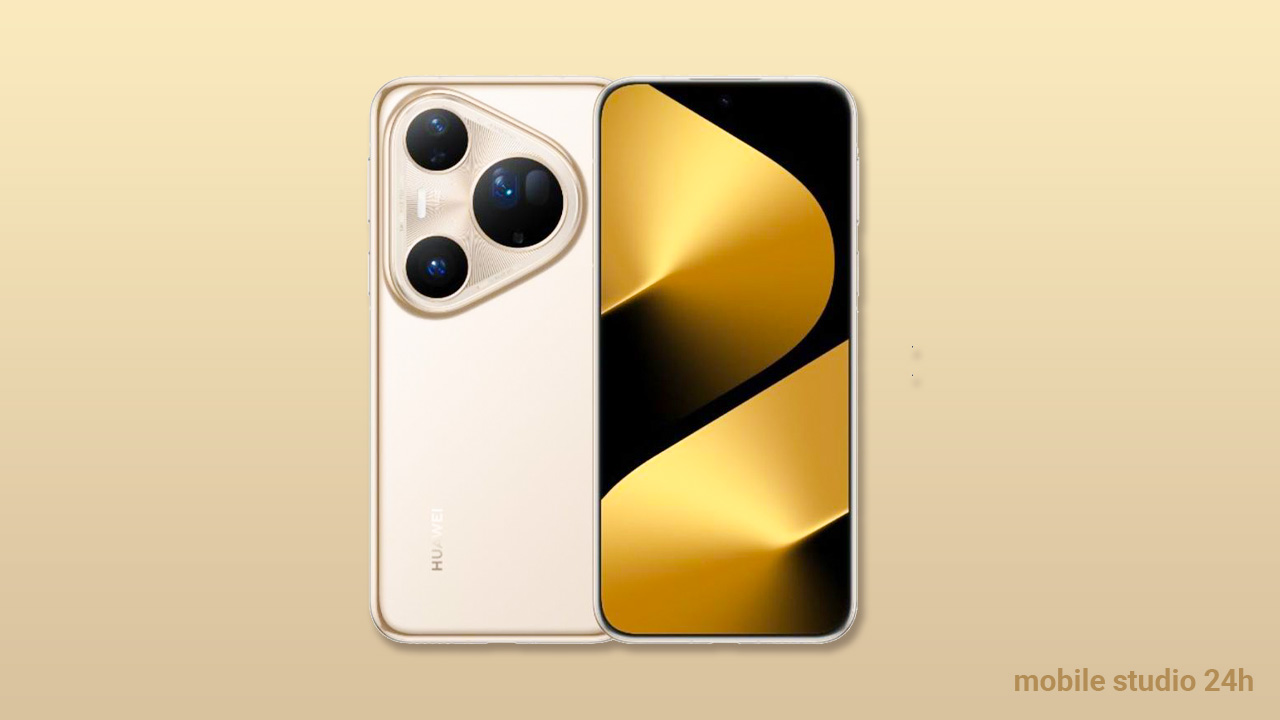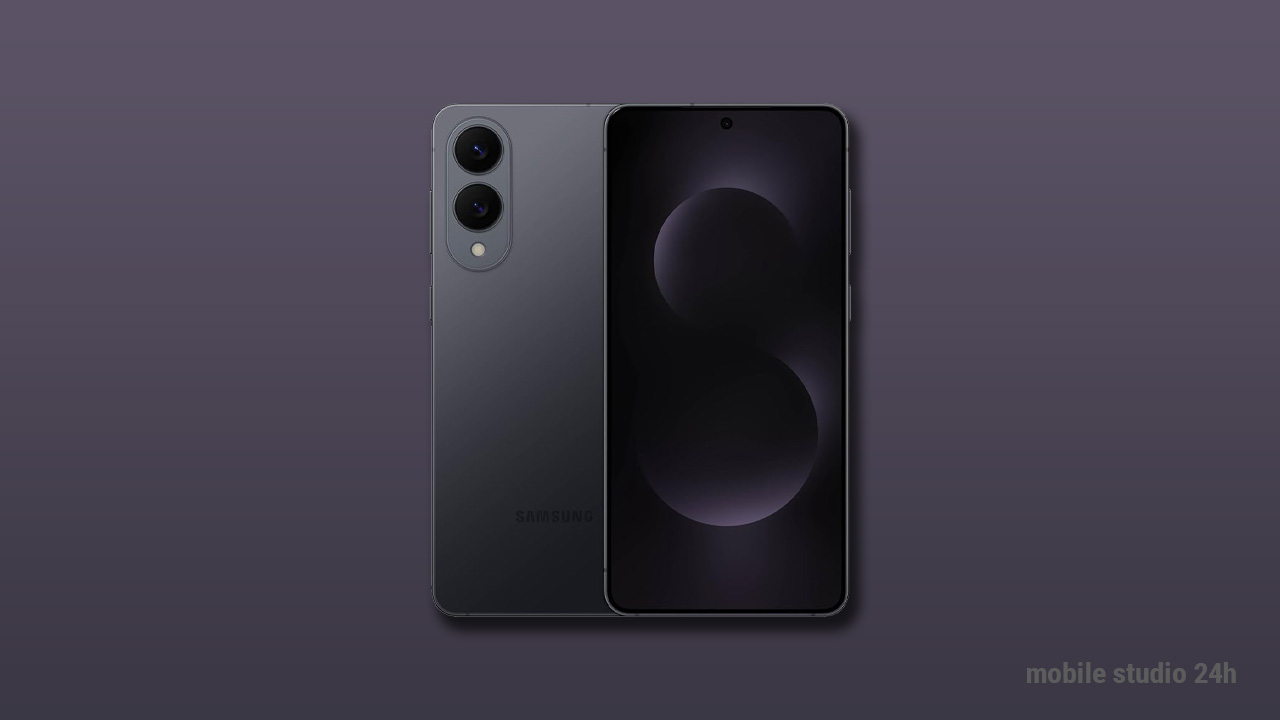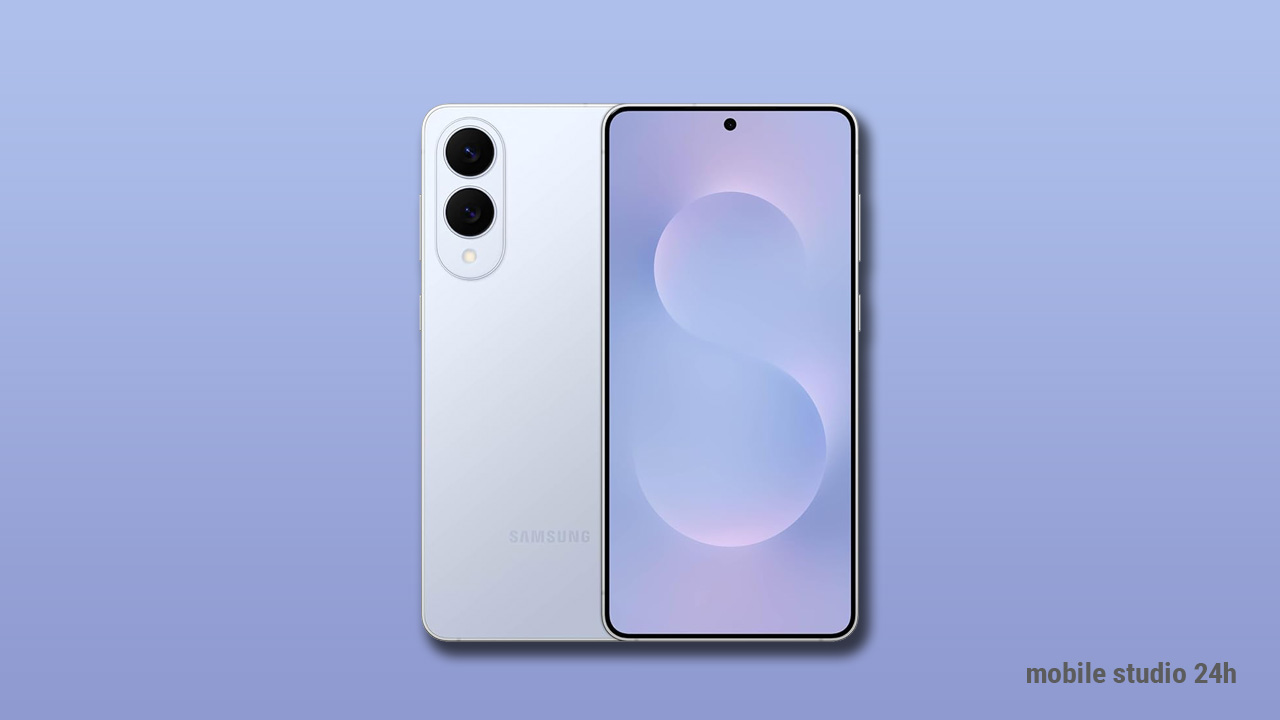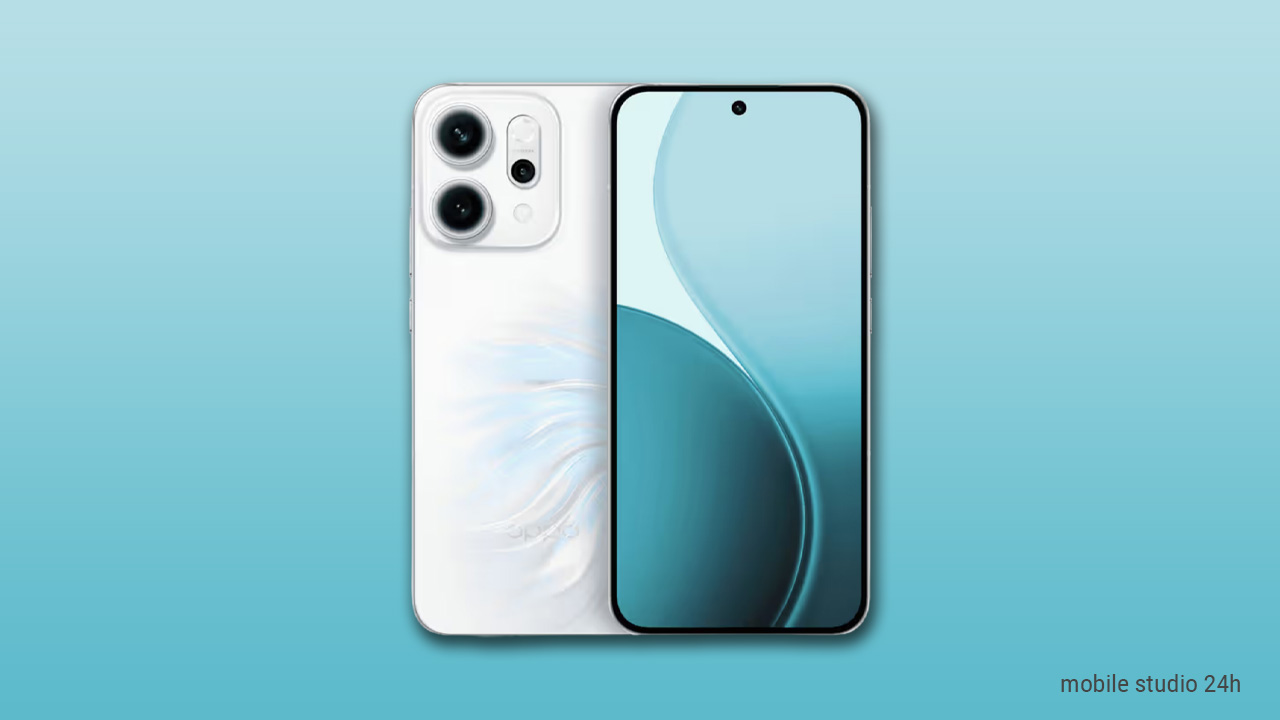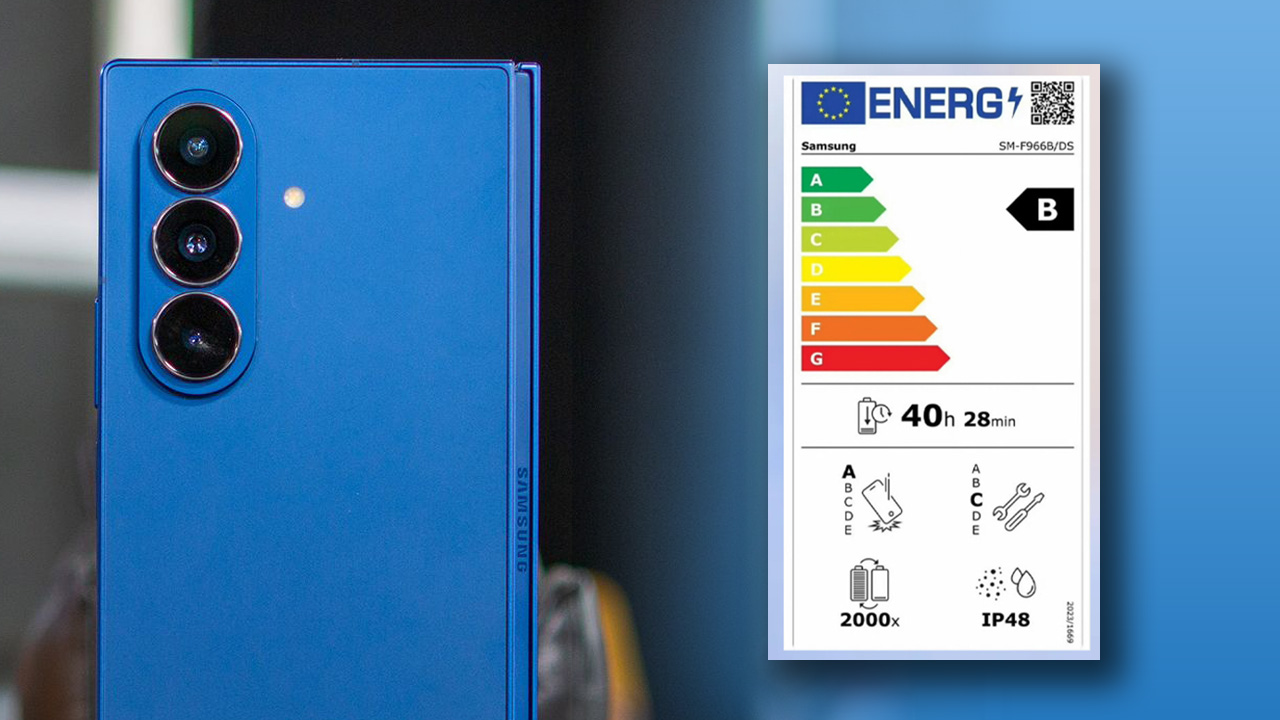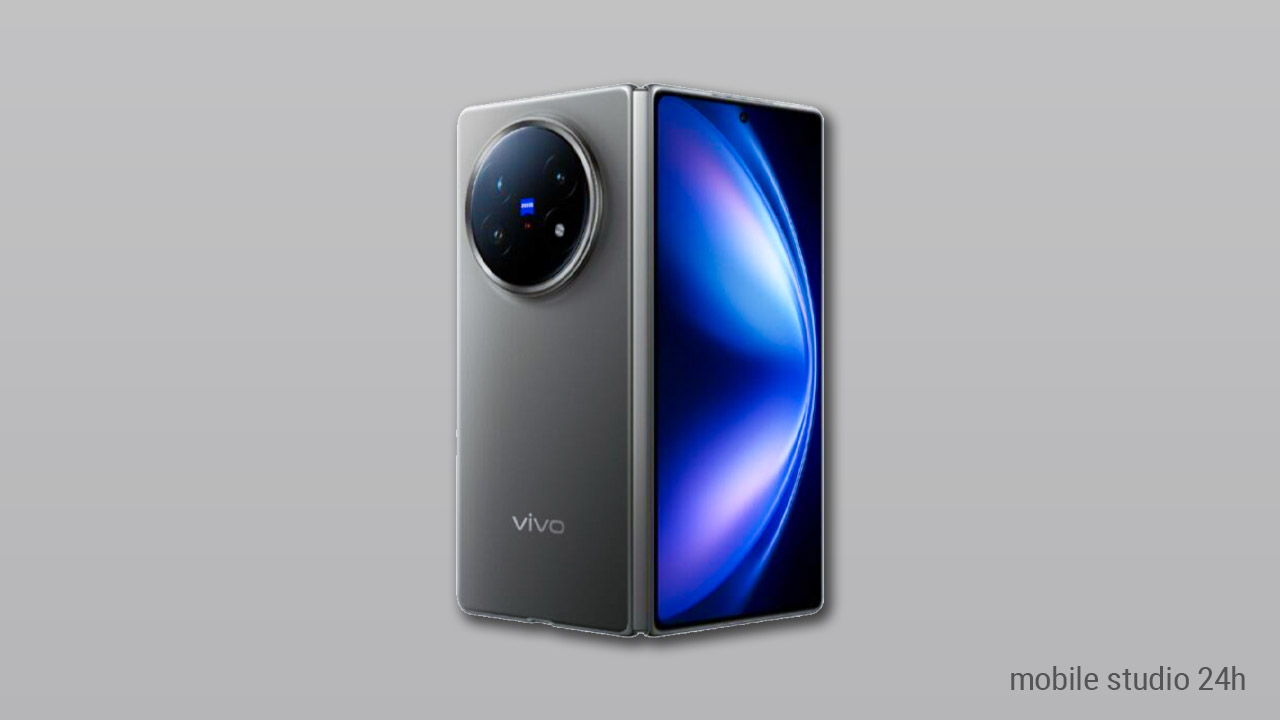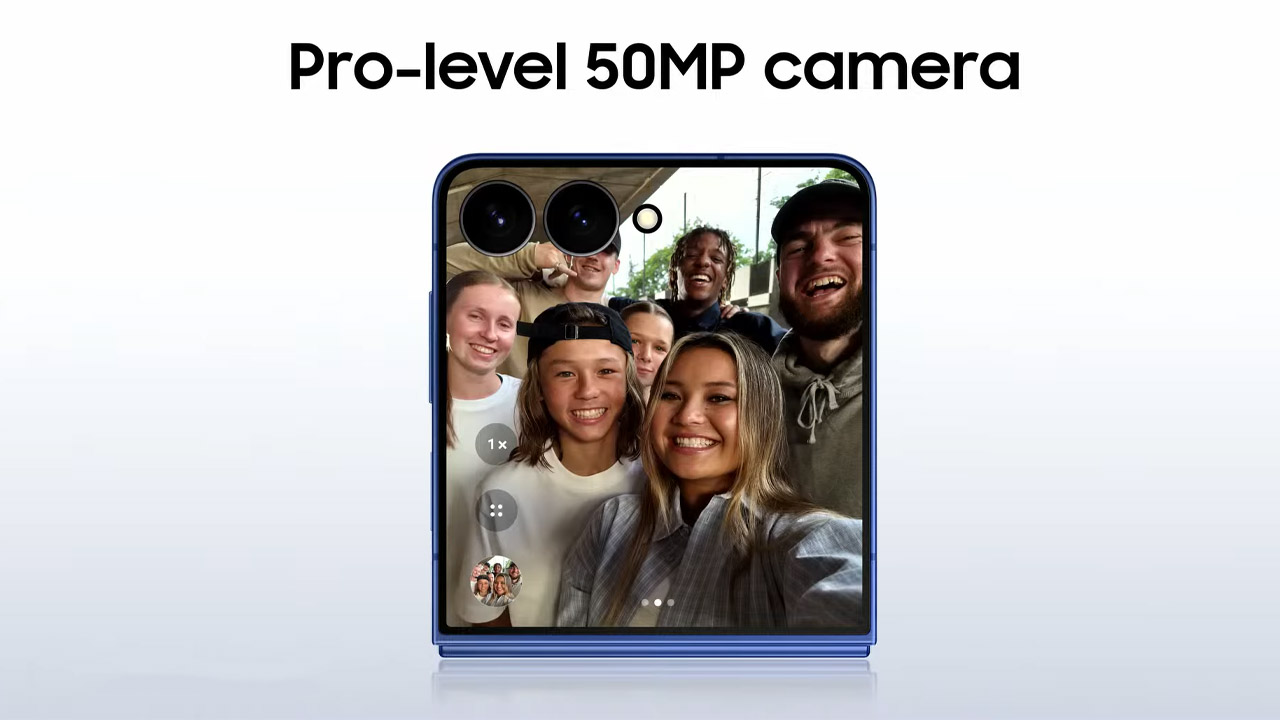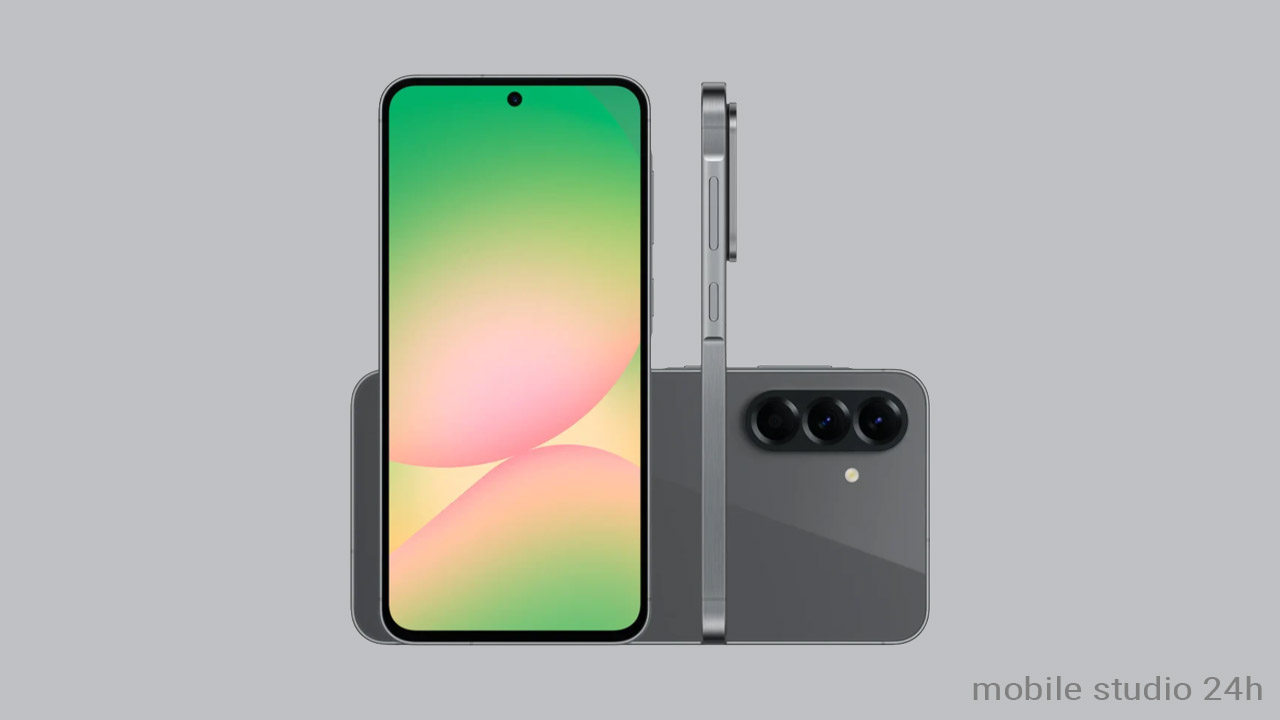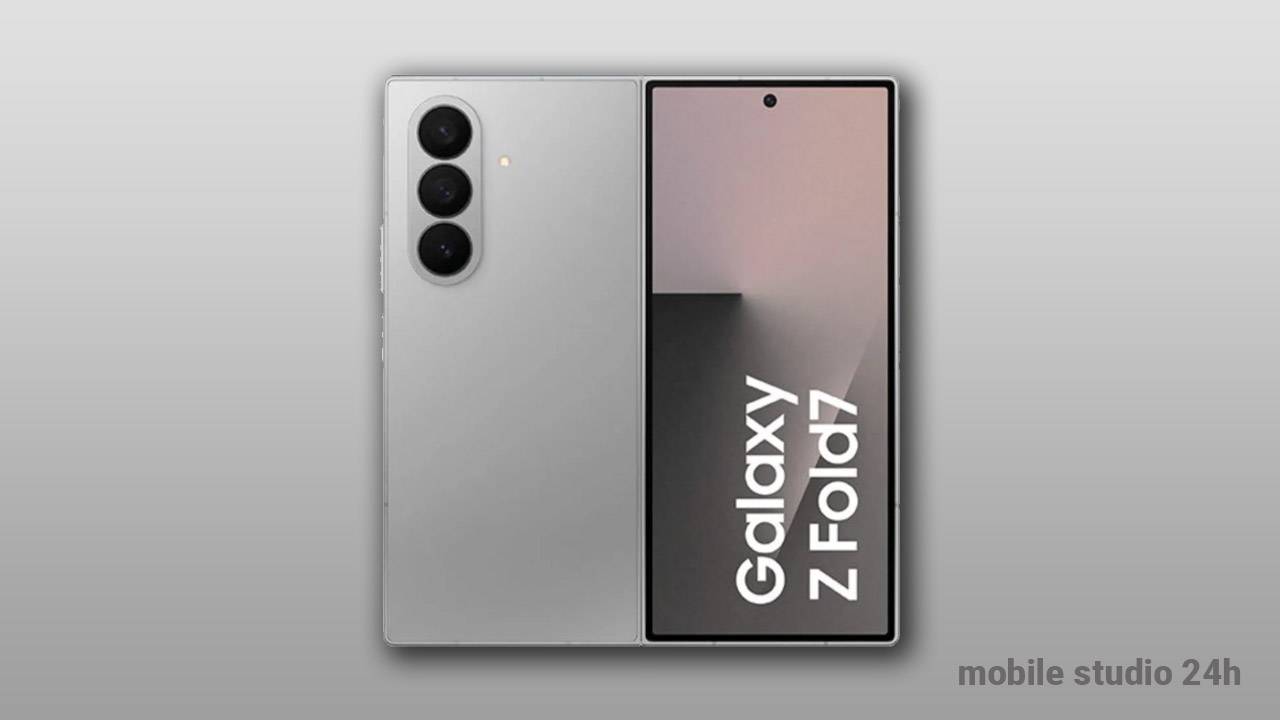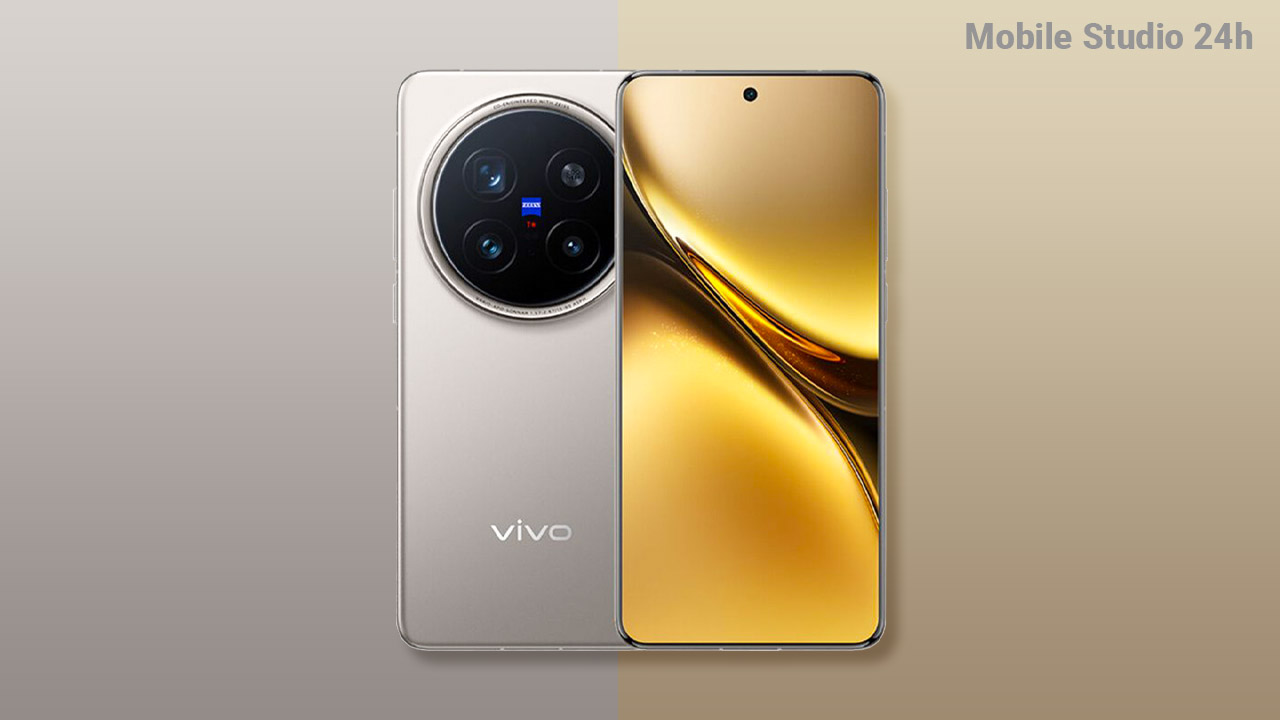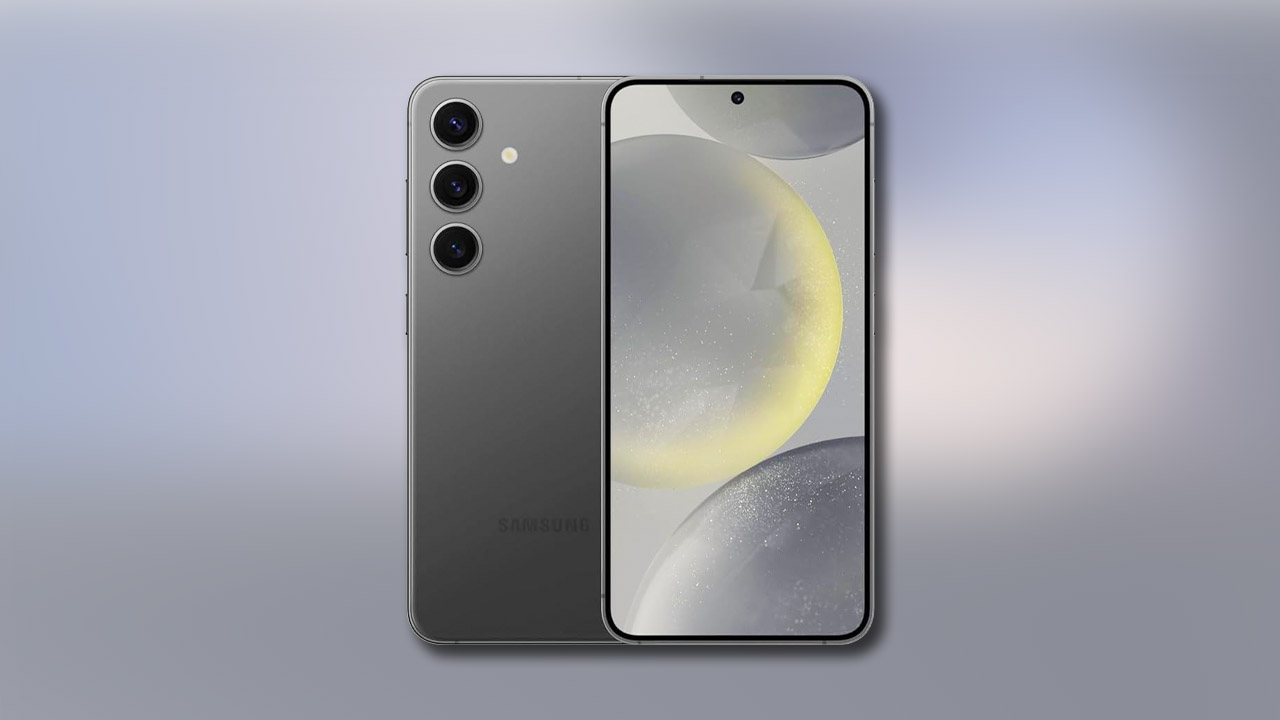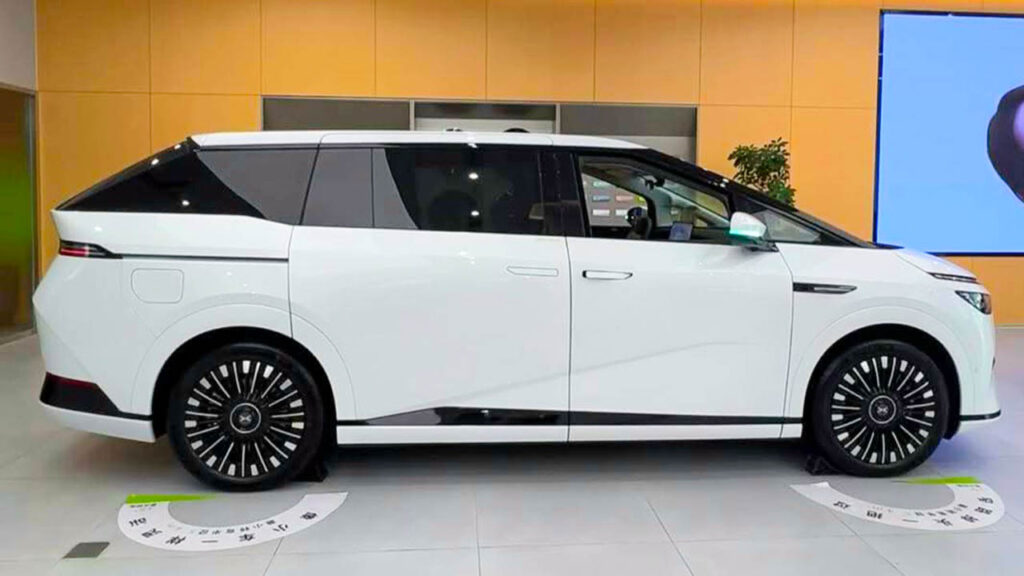
The Xpeng X9 is a flagship electric multi-purpose vehicle (MPV) that shatters the traditional, boxy image of its class with a sleek, futuristic design and an array of cutting-edge technologies. Launched on January 1, 2024, the X9 is a showcase of Xpeng’s next-generation Smart Electric Platform Architecture (SEPA) 2.0, blending the spaciousness of an MPV with the handling of a more agile vehicle.
Design and Exterior
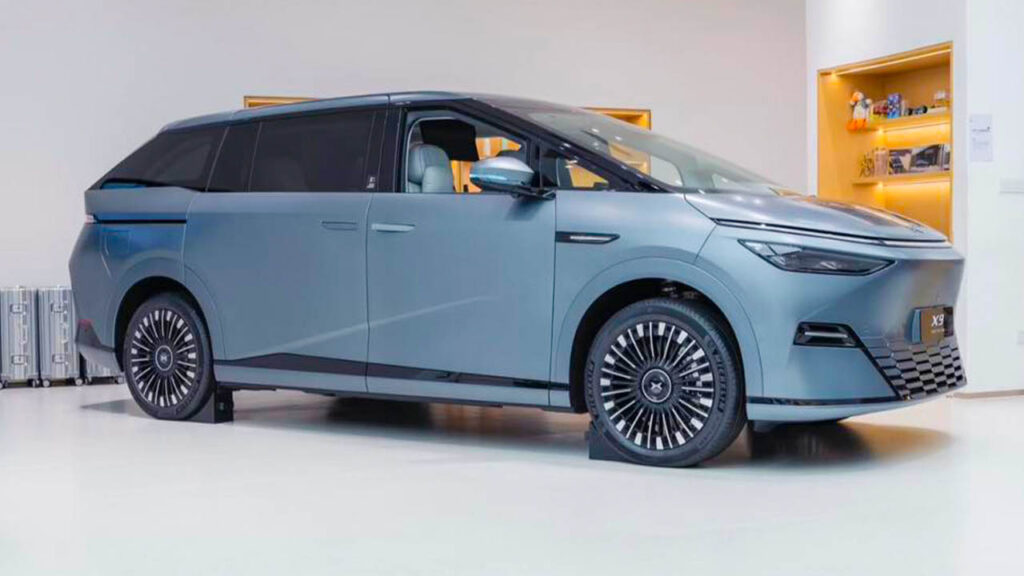
The Xpeng X9 challenges conventional MPV aesthetics with its starship-inspired design. It features a highly sloped 21-degree A-pillar and a floating roof, giving it a streamlined profile with a remarkably low drag coefficient of just 0.227 Cd. The front end is defined by a closed grille with an integrated “star ring” headlight design, while the rear features a distinctive sloping back that is uncommon in the MPV segment. The vehicle’s dimensions are substantial, measuring 5293 mm in length, 1988 mm in width, and 1785 mm in height, with a generous wheelbase of 3160 mm.
Interior and Comfort
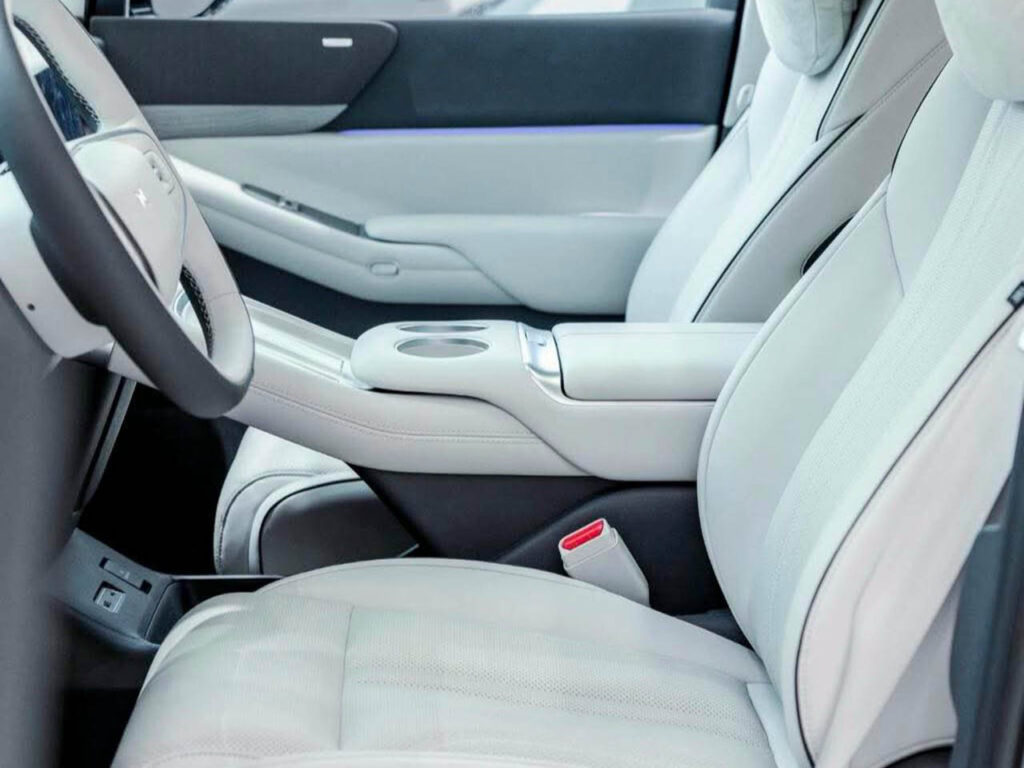
Inside, the X9 is designed for maximum comfort and versatility. The cabin is spacious, offering a class-leading 7.7 square meters of in-car floor space. The standard seven-seat configuration is highly adaptable, with the third-row seats able to be electrically folded flat into the floor with a single click, expanding the boot space to a massive 2,554 liters. This makes the X9 capable of holding a staggering 29 carry-on suitcases, a testament to its practicality.
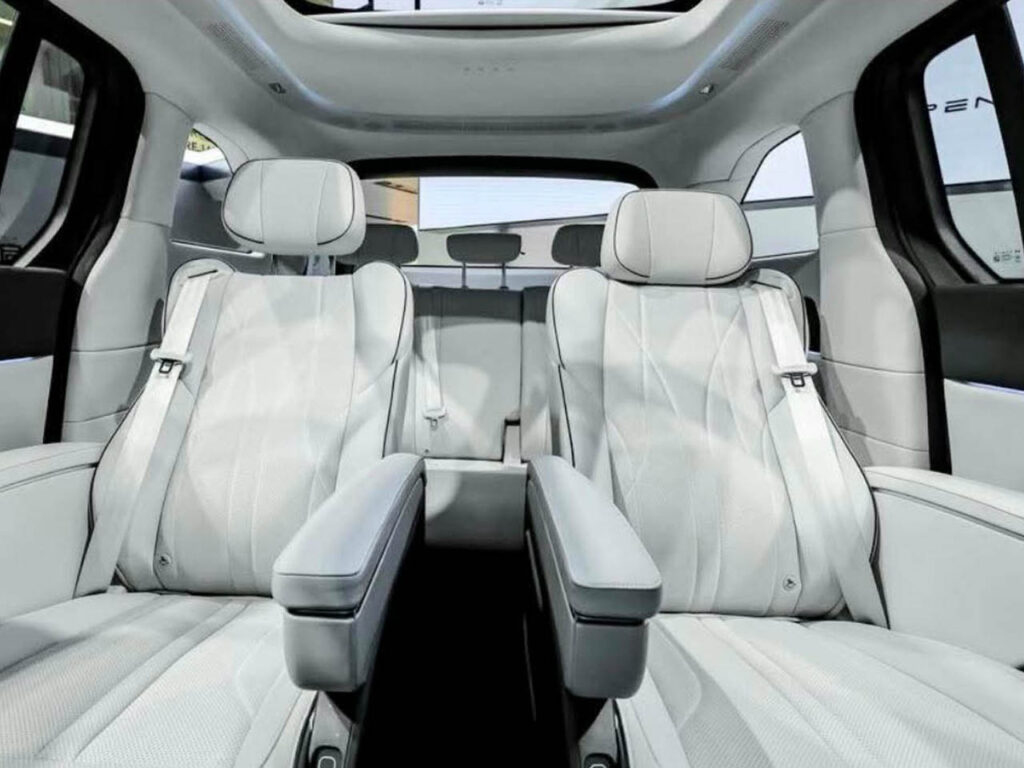
The interior is a blend of technology and luxury. A 10.25-inch digital instrument cluster is paired with a large, floating 17.3-inch infotainment display powered by a Qualcomm Snapdragon 8295 chip and running Xpeng’s XOS Tianji software. Passengers are treated to a premium experience with a 21.4-inch ceiling-mounted screen for the rear rows, a 23-speaker Xopera sound system, and a unique “wrap-around” central air conditioning system that provides a gentle breeze. The second-row captain’s chairs can be equipped with an optional “zero-gravity” recline function, complete with 18-way power adjustments, heating, ventilation, and massage functions for ultimate relaxation. A built-in hot and cold refrigerator adds another layer of convenience.
Performance and Powertrain
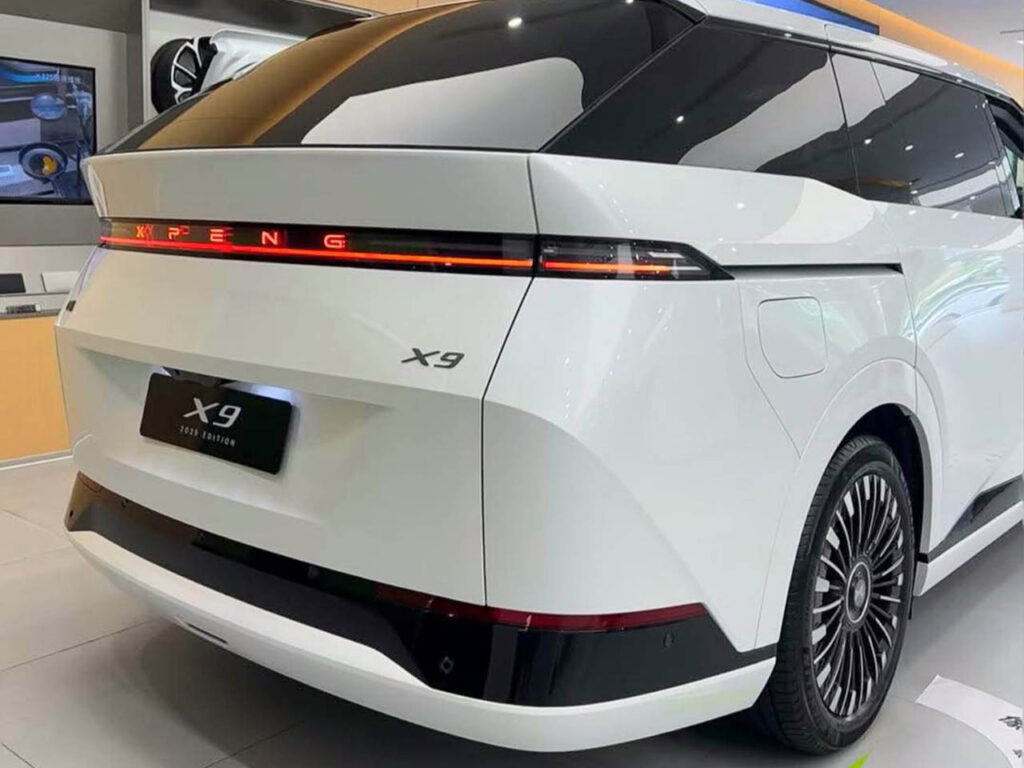
The Xpeng X9 is built on an 800V silicon carbide (SiC) electrical architecture, which is key to its performance and fast-charging capabilities. The vehicle offers both front-wheel-drive (FWD) and all-wheel-drive (AWD) options. The FWD variant is powered by a permanent magnet synchronous motor delivering 235 kW (315 horsepower). The AWD version adds a rear induction motor, bringing the total system output to 370 kW (496 horsepower) and 640 N⋅m of torque, allowing it to sprint from 0 to 100 km/h in a swift 5.7 seconds.
Multiple battery options are available, with capacities ranging from 84.5 kWh to 105 kWh. These provide a CLTC range of 610 km to 702 km, depending on the configuration. The 800V platform enables ultra-fast charging, with the ability to add up to 300 km of range in just 10 minutes.
Chassis and Driving Dynamics
The X9’s chassis is a marvel of engineering, utilizing a front and rear integrated aluminum die-casting body structure forged by a massive 12,000-ton die-casting machine. This construction results in an incredibly rigid body with a torsional rigidity of 46,000 N·m/deg. This, combined with a standard intelligent dual-chamber air suspension and an active rear-wheel steering system, gives the X9 a level of agility that defies its size. It boasts a minimum turning radius of just 5.4 meters, smaller than many compact SUVs. The air suspension allows for 90 mm of ride height adjustment, further enhancing both ride comfort and practicality.
Intelligent Features and Safety
As an Xpeng vehicle, the X9 is packed with intelligent technologies. It features the company’s full-scenario ADAS, called XNGP, which is capable of supervised autonomous driving on highways and in urban areas. The system is powered by dual NVIDIA Orin-X chips with a combined computing power of 508 TOPS and a comprehensive sensor suite including cameras, millimeter-wave radars, and ultrasonic sensors. Safety is a top priority, with a body structure designed to meet safety standards in China, the U.S., and Europe, incorporating a 2000 MPa high-strength steel safety cage and large side curtain airbags covering all three rows.


